I shared with you my plan for inviting students to help set up the classroom. I shared with you my reasons for inviting students to help set up the classroom. I shared with you my fears and worries about inviting students to help set up the classroom.
So now it is time to share with you how it went. Spoiler alert – it was AMAZING!!!
Here is where we ended…

Here is where we started….

And here is the story of how we got there…
The first morning…
When the students entered the classroom on the first day of school I knew there would nowhere to sit. So I created a few stations on the floor with options for building, creating, designing, making, reading and playing.





It was a success! It automatically engaged students, allowed them to connect with one another and begin to build relationships and provided amazing diagnostic information for me about what they liked and how they interacted with one another. 
Our first community meeting…
Once all the students had arrived and had enjoyed ample time to play, discover, explore and connect we came together and sat in a circle. We played a name game. I shared my goals with them and then we jumped right into it!
 Using the Simon Sinek framework Start With Why, we discussed as a class why students should be able to help set up their classroom.
Using the Simon Sinek framework Start With Why, we discussed as a class why students should be able to help set up their classroom.

Then students chose what element of classroom set-up they felt most interested in and we were off!

Bulletin Boards
The students who signed up to do the bulletin boards took many different approaches. Some measured first before getting paper. Some got paper first and realized they did not have enough or had too much. Some did trial and error.
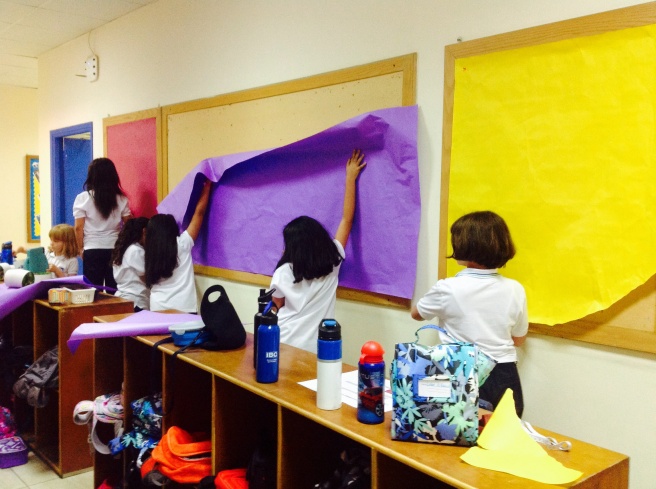
Lots of interesting problem solving took place throughout this process. When students couldn’t reach the top they found sturdy chairs. When the stapler broke some students choose to use push pins in the meantime. When one of the smaller bulletin boards fell off the wall, some students realized it was easier to work on it when it was on the floor anyway. 

And voila! Aesthetically appealing bulletin boards ready for whatever we decide to use them for!
The Map
Students decided it would be easiest to project a real map and trace the lines.

Then the went over the pencil lines in black marker so they would still be visible once the paint covers them.
Then some interesting discussions occurred about what the colours on a map mean and how to choose which colour for which country. 
Then when it was time to label the countries one student thought it might be helpful to use the globe as a reference. 
We soon realized that making a map was no small task! So we decided to post what we had, paint it when we felt like it and label the countries when they came up in a discussion or inquiry.

The Library
Students took all the books off the shelves and worked together to try and organize them.

This resulted in what the class took to calling “Book Mountain”!

Students quickly realized this was a massive project and asked if everyone could help. So we sat as a class and discussed ‘the why’ behind organizing a classroom library.
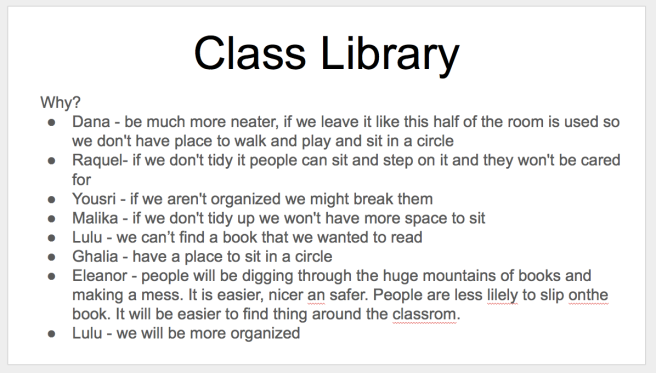
We decided to sort the books into three groups. Story books, information books and chapter books.


Having all hands on deck made this process much more enjoyable and less overwhelming. This process also sparked some INCREDIBLE questions and conversations about books.


Some students used clues from the titles and cover pictures to make decisions.

Some students even read through the book before deciding where it belonged.

Then we sorted each table into smaller groups.
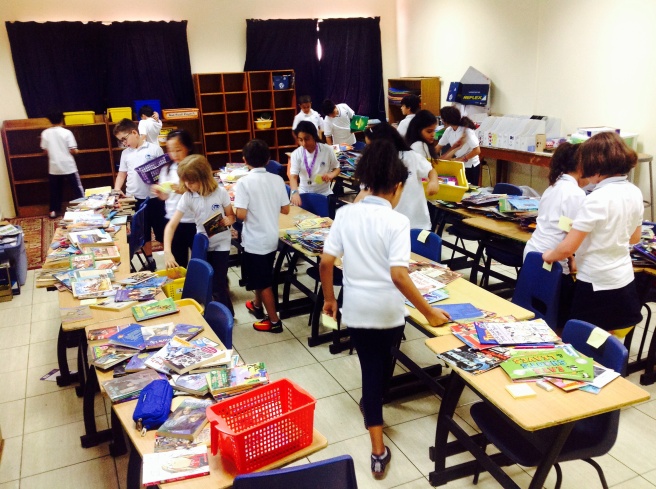
The students decided what the groups should be.


And which bins to use.


Students also realized that the post-its were not staying on the bins, so they decided to place clear tape over top of them. 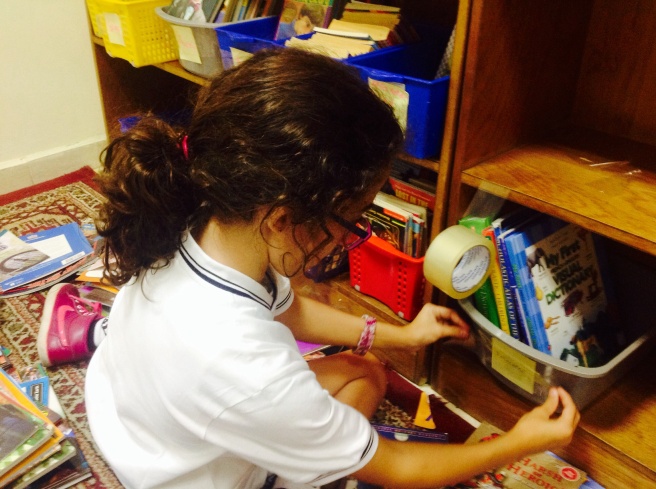
The final result was a masterpiece!

After sorting and organizing for three days we just had to know how many books we had in our library! So we took inventory.


The Shelves and Cupboards
Students sorted through all of our learning resources and consumable learning supplies and decided which we should display on shelves because we will use them frequently and which we should store in the cabinet because we might not use them as much.




It was interesting to see that every single day students made changes to the organization as they realized that some things placed in the cabinet were needed more often than they thought, and that the more organized the shelves were the easier everything was to find as you needed it 
One student even thought to move some supplies to the big desk because these were the things you would be most likely to need for the types of thing you would doing at the big desk.

Student Supplies
As a class we brainstormed why it was important to organize our personal learning supplies.

Then students choose which materials they wanted to use to organize their supplies.

The estimated and tested out the spacing of the cupboards. 
They took stock and sorted through what they had brought in.

And the coolest part was that so many of them made modifications to what was available to better suit their needs
. 

The final results were fascinating.



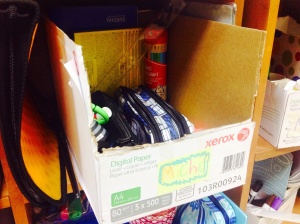
And at last, all of our supplies were organized in the unique way that worked best for that individual. 
The Layout
One of the most amazing transformations of the week was the layout! We started with a relatively blank slate.

Our first attempt was my worst nightmare. In a complete stroke of irony my students had decided they wanted the desks in rows! A warning bell of inquiry. But I had to keep my word and respect and honour their choices, so I bit my tongue and waited. 
It was interesting to see that after only one day of desks being in rows students started to identify problems. “What if all the students don’t like being in rows?” “The classroom is too crowded. Rows take up too much space.” “It is really difficult to walk around.” So we had a class discussion and I introduced them to the idea of flexible seating. They instantly loved it and wanted to be risk-takers and try it out! So we started with why…

Then students researched flexible seating online and visited other classrooms to see ideas and draw inspiration. Then we took inventory and created our wish-list.

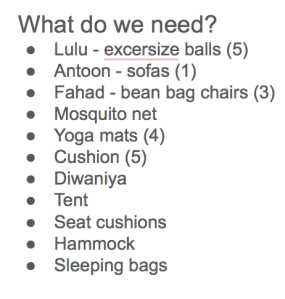
Some students wanted to reorganize the desks and chairs. 

Some students wanted to see if we could find a bigger carpet somewhere in the school.
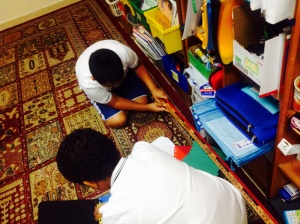

Some students wanted to check the prices of the things on our wish-list so they browsed Amazon.com and converted prices on xe.com 
Some students wanted to sketch a mock-up of what the classroom might look like when it is done. 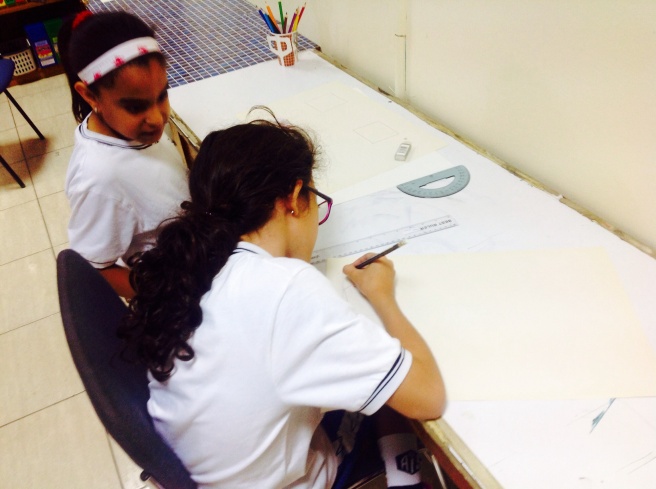
Some wanted to draw a potential floor plan.

Some wanted to build a 3-D model.

And some wanted to email the parents to see if anyone would donate what we were looking for. 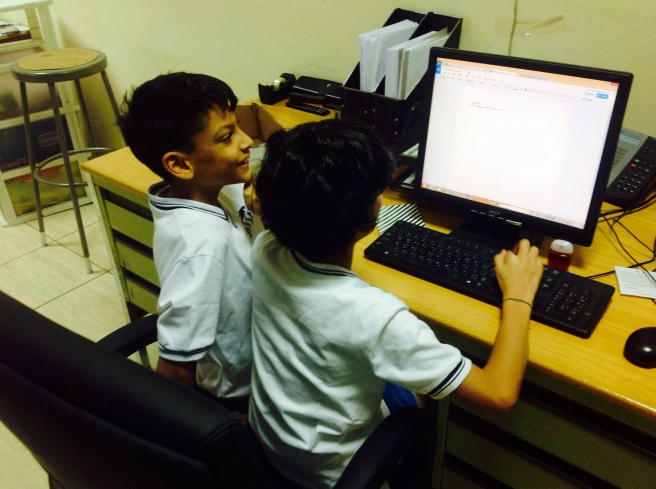


Then donations started to roll in… exercise balls, yoga mats, stuffies, bean bag chairs and even a diwaniya set!

Finally we had found a layout that worked to support our learning!

The Question, Problem, Idea Wall
One of the coolest parts of the week for me was seeing the evolution of the Question, Problem, Idea wall. I knew I wanted to have a space where students could always write down these things, but it started off pretty slow. Most of what was written on there came from me.

But then once the students realized that their questions, problems and ideas were actually valued and taken seriously the popularity grew. 
After a few days the board was overflowing so we got in the routine of taking time each morning as a class to address the questions, problems and ideas from the day before.

The Schedule
One of the ideas on the idea wall was a to make a schedule so everyone knew what was happening throughout the day. The class loved this idea, so the student who came up with the idea took action.

He chose a spot in the room that he thought was best. At first he tried to free-hand it. 
Then he realized he could draw straighter lines with a ruler. 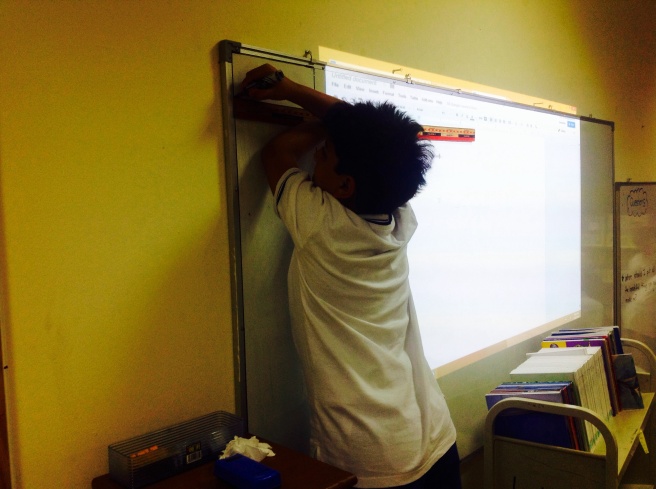
Then he realized it was more efficient to mark of all the measurements first, then to go back and draw the lines. 
Finally he covered the erasable marker with green tape. 
And presto! Our class now has a schedule!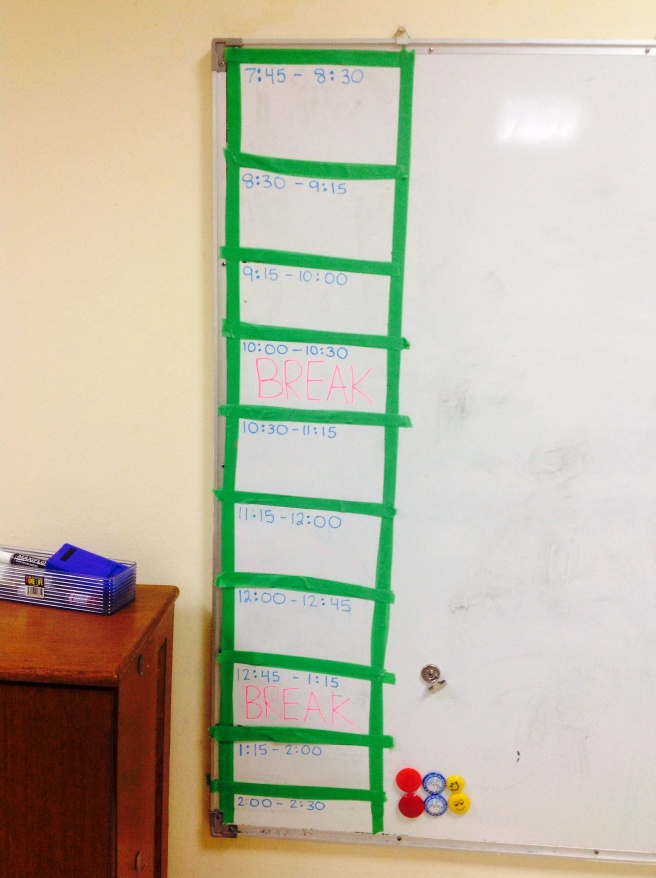
Student Action
Another cool element of the week was student-initiated action. One student had the idea to collect bottle caps for a project his uncle is involved in. He created a bin and chose a location to keep it.

Then he realized he was not getting as many caps as he had hoped for, so he emailed all the other classes in our hallway to invite them to participate as well.


All work and no play?
No way! We made sure to take lots of breaks to recharge our batteries, build relationships with one another and most important just have fun!

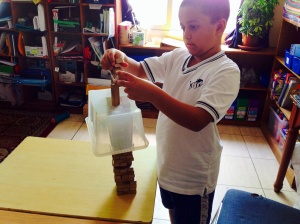
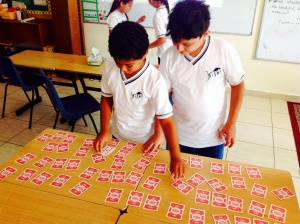

Feedback
It was really important to me that after this process was finished I asked the students to share their perspective of what it was like to help set up the classroom. I had planned for students to complete a Google Form, but I was also ready with paper copies for the students who did not have a device.


I learned some really interesting things from reading what they thought about the week.

100% of the student responses indicated that the students enjoyed setting up the classroom better than walking into an already setup classroom. And 99% percent of the responses indicated that I should do it again next year. The one student who disagreed, said I should do it again but on a smaller scale, maybe not the whole room – which gave me something to reflect on.
Reflections
At the end of the week I asked them, “Who thought we were soon busy setting up the classroom that we forgot to do any learning?” Almost all of them raised their hand. So I told them I was going to try and change their perspective. I posted chart paper around the room with the IB Learner Profile, ATL skills, literacy strands and math knowledge and skills. Then I gave them stickers and asked them to think about everything they had done that week and try to look for the learning that was within it.


They were surprised to see just how much learning had taken place throughout the week. This brought up a great discussion about the difference between work and learning. 
Report Card
Finally I asked the students if they wouldn’t mind filling out a report card for me. I told them to think about the goals I told them about at the start of the week and honestly tell me how I am doing so far. Again I created a Google Form, but was also ready with paper options.
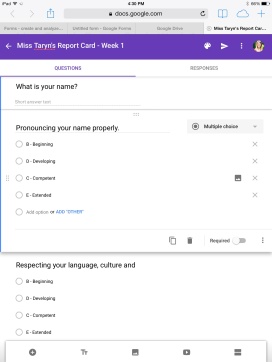

This truly helped me understand what I am doing well and the areas I need to focus on to become a better teacher.
What I learned…
- everything I would have planned for/set up in an artificial and preemptive way (schedule, flexible seating, fire drill practice) came up authentically throughout the week out of need, reflection, reason or consequence
- setting up the classroom library probably allowed students to explore half of our curricular reading standards
- students came up with better and more creative ideas than I would have
- some of the jobs were easier when we did it altogether as a class, as opposed to having smaller teams tackle it on their own
- at first students were setting up the classroom based on what they thought I wanted or what they thought school should be in stead of how they wanted and what they thought helped their learning
- there was a role for me to play with provocations and challenges to their perspective
- the process of identifying problems was crucial to constantly reflecting on and revising our design
- common agreements were needed for safe and gentle use of many of the flexible seating options
All in all an amazing first week with an amazing class! Would I do it again yes year? Absolutely! With some modifications and improvements to the process of course. 🙂
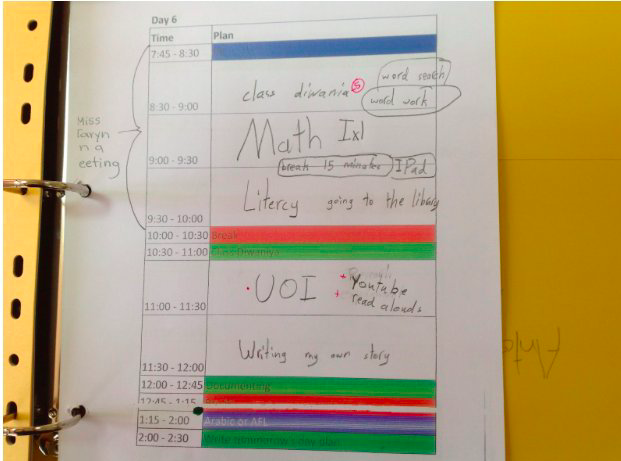
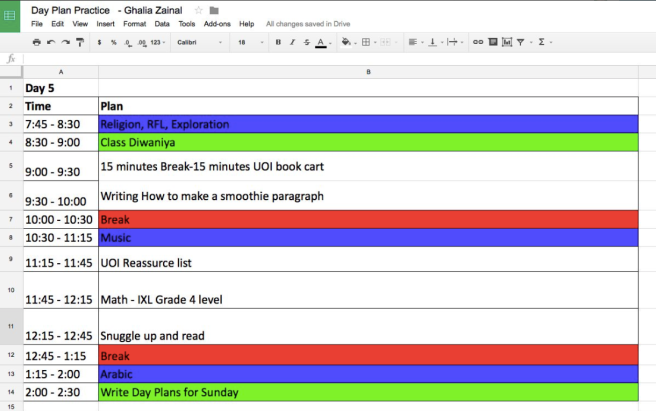
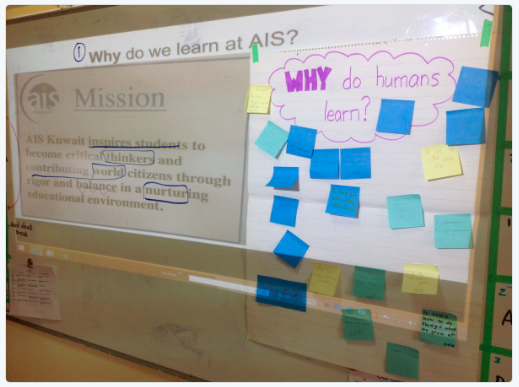
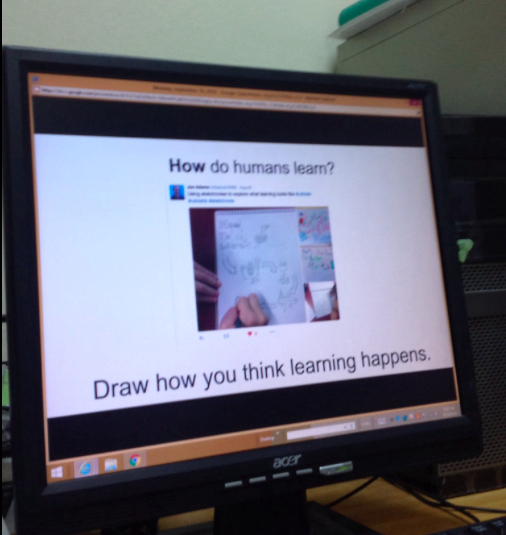
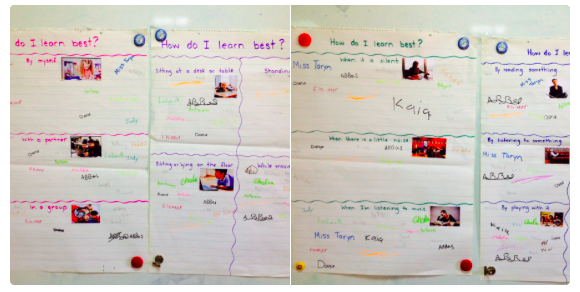
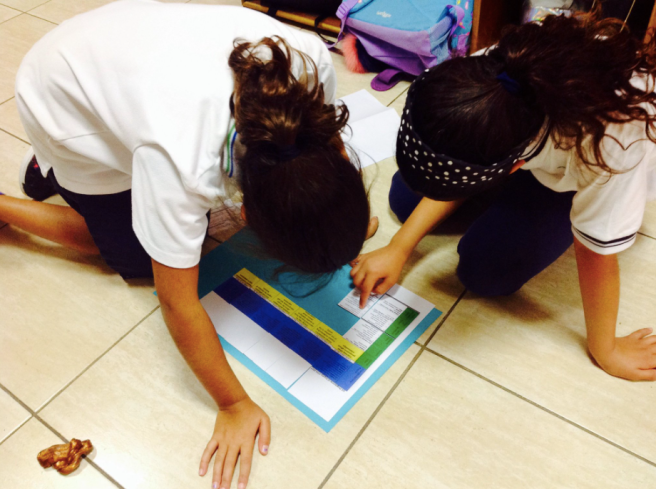
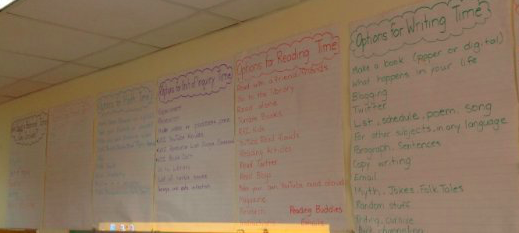
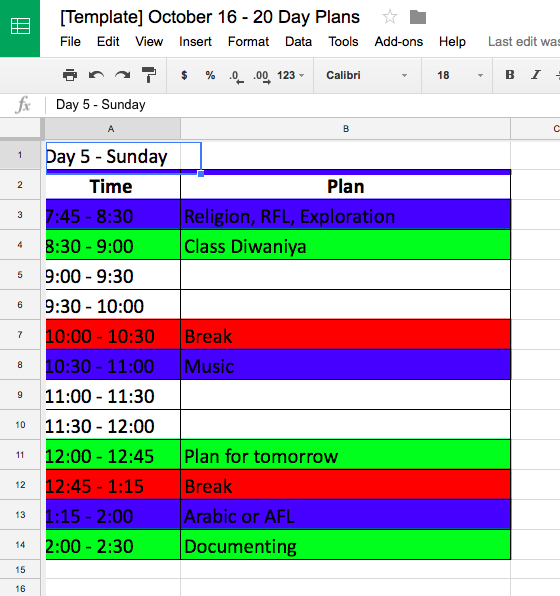
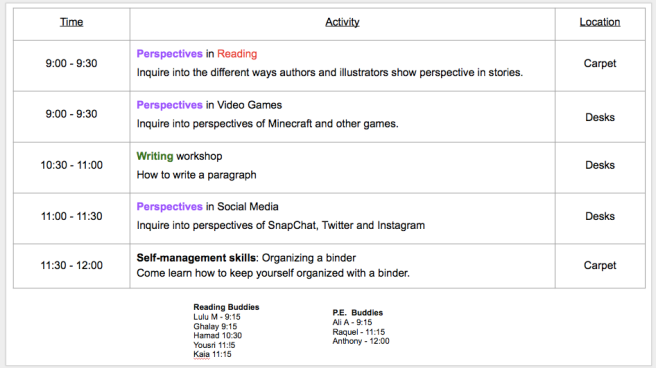
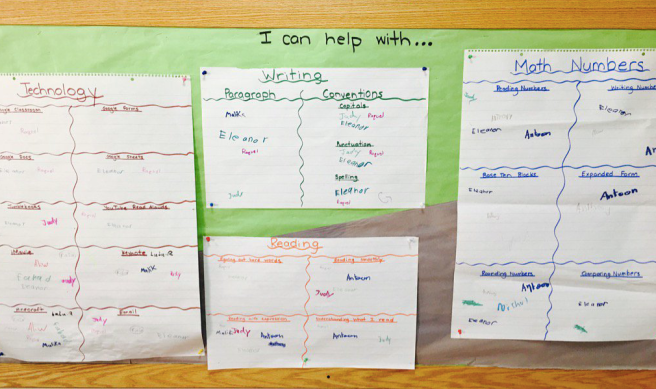
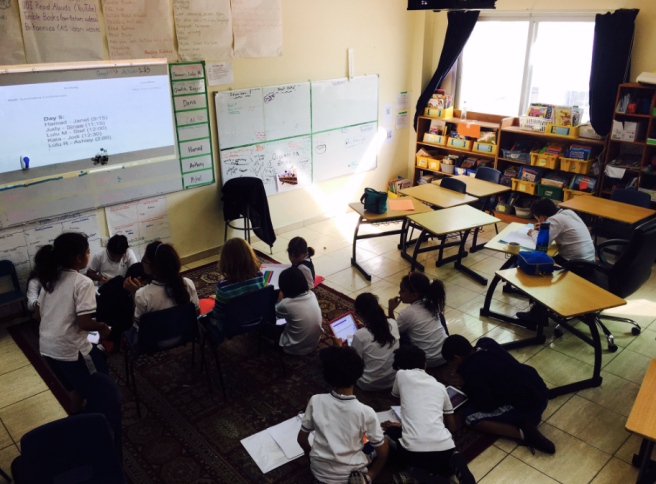
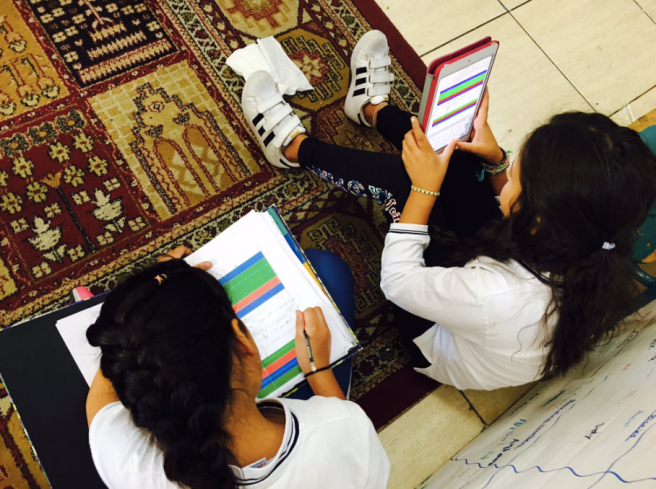
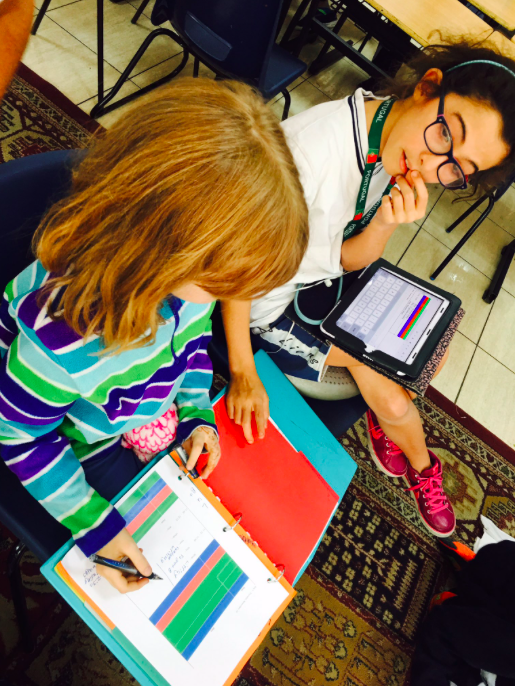
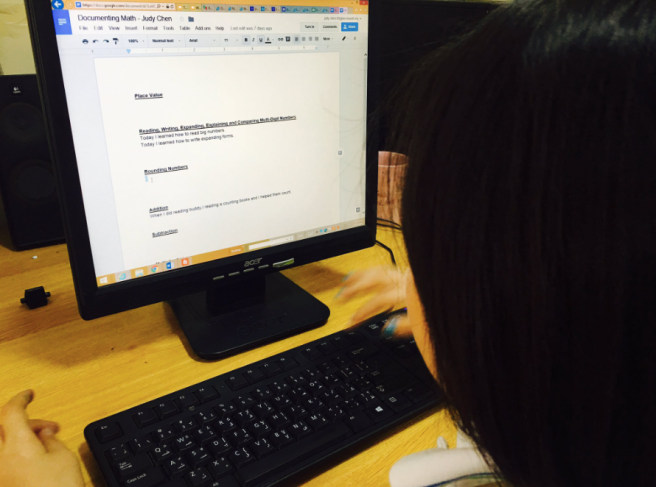
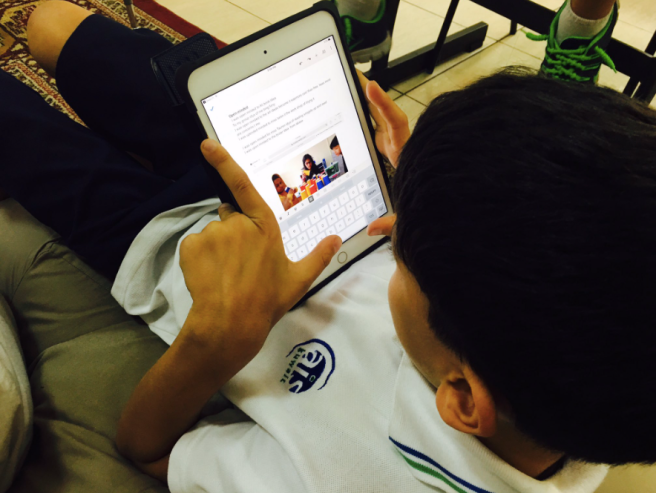
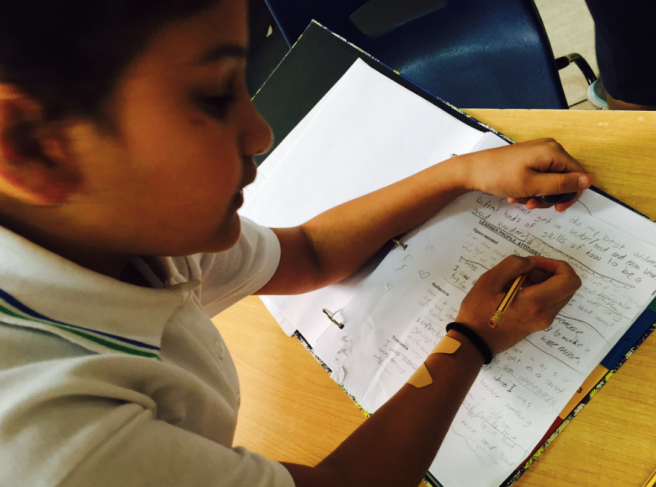
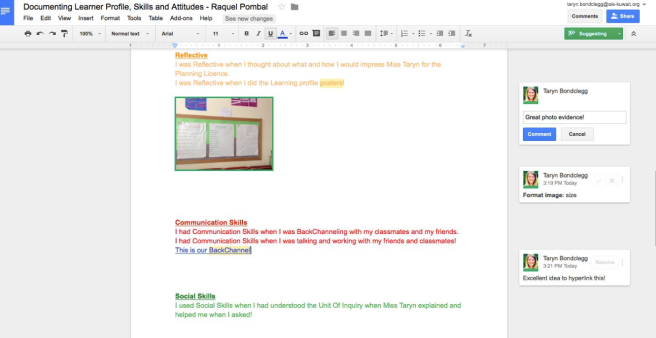
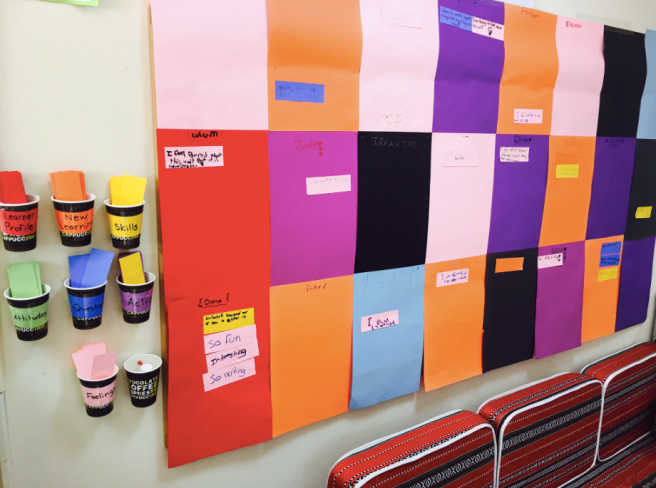
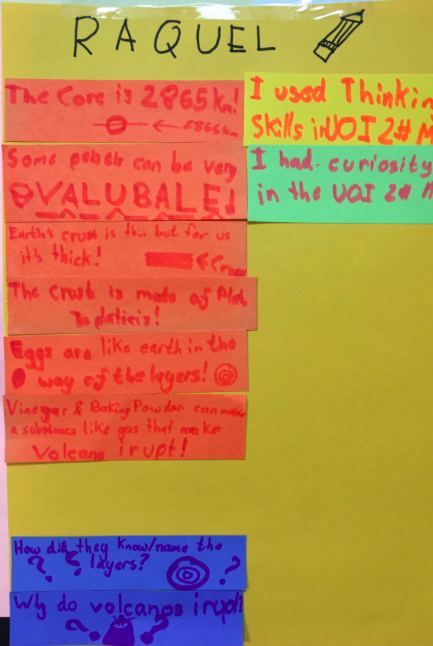

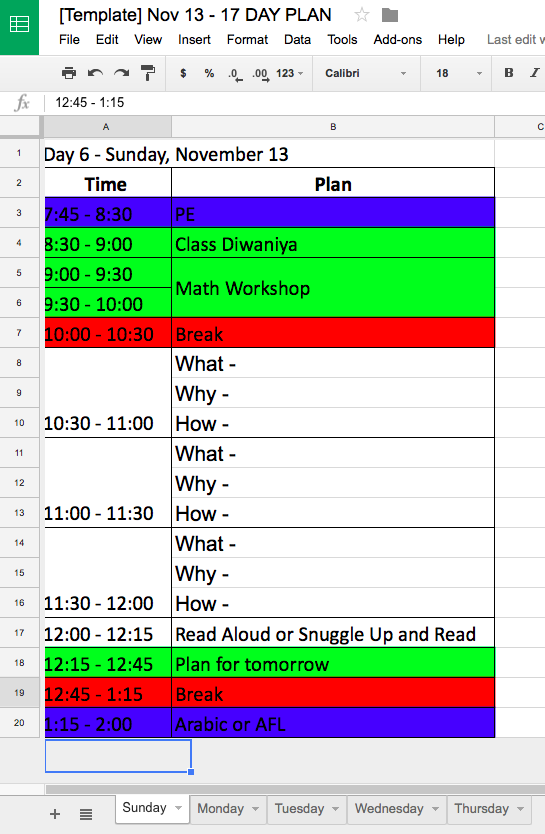
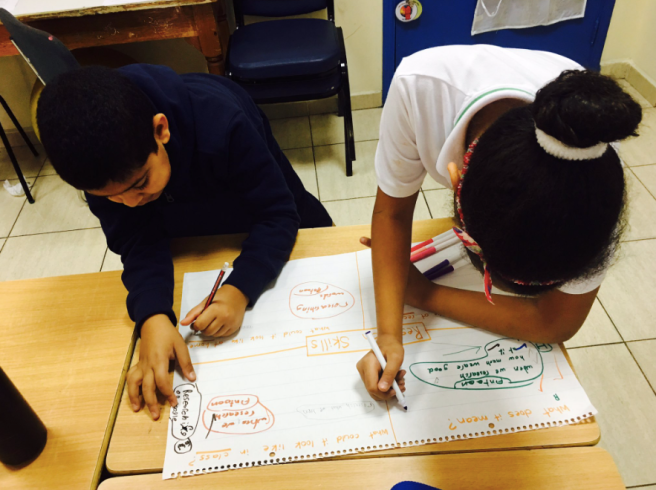
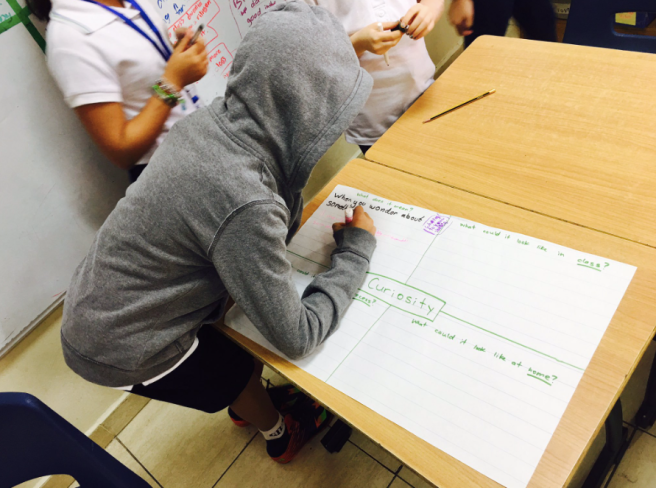
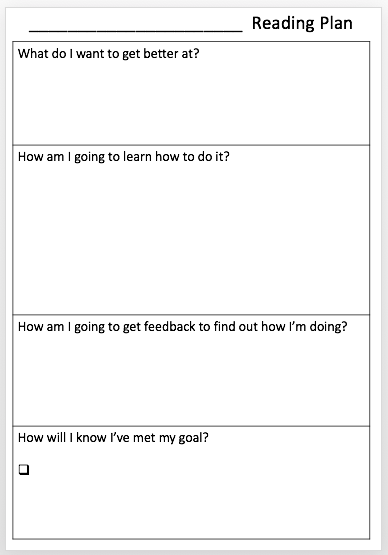
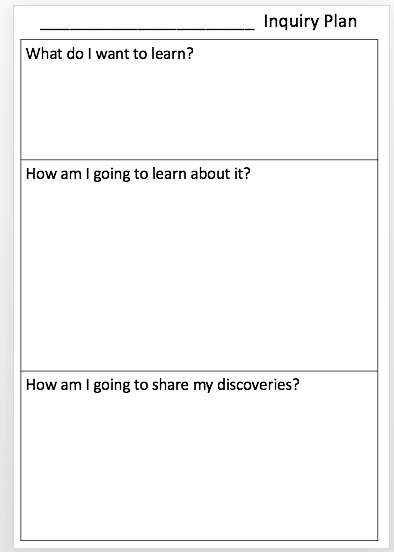
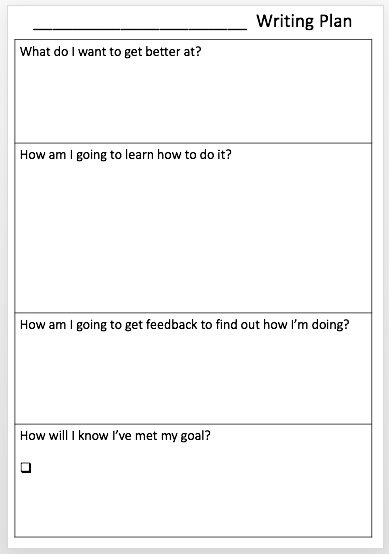
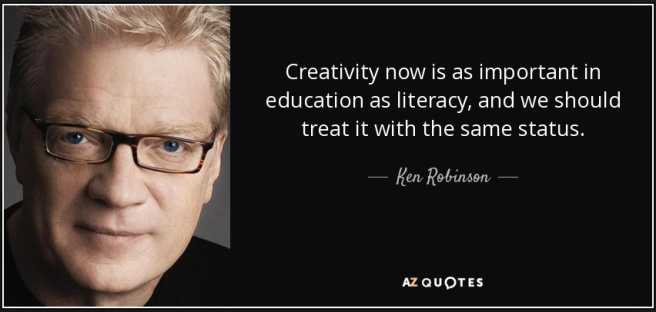
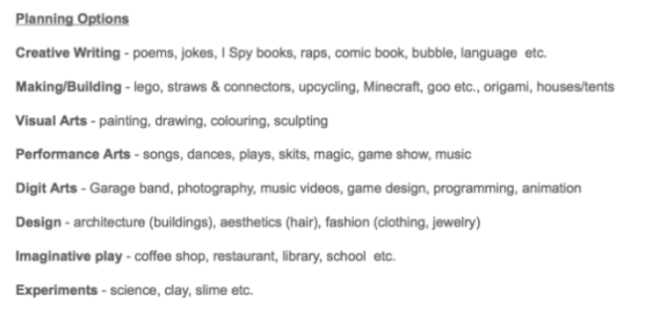
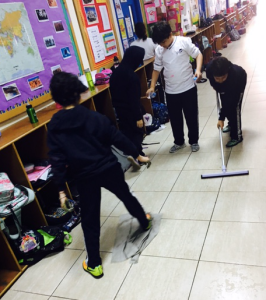
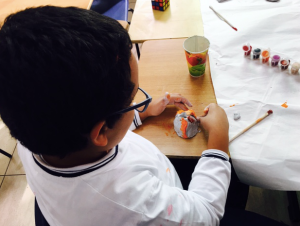
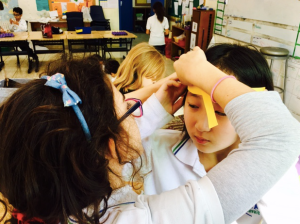
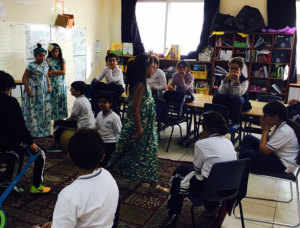
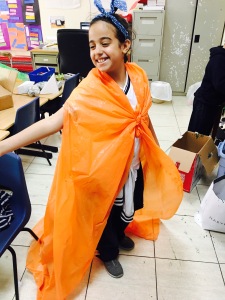
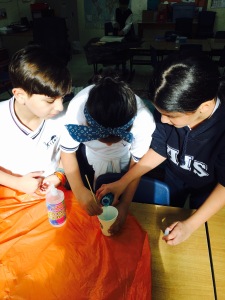

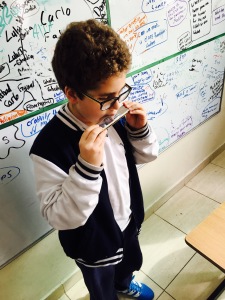
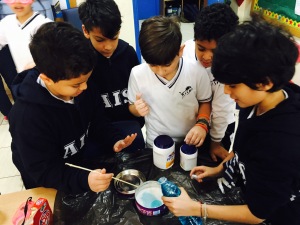
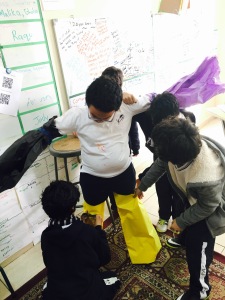
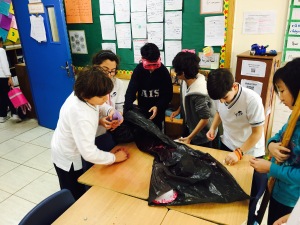
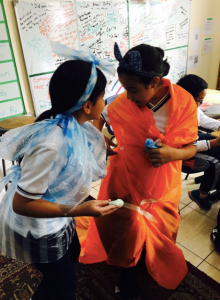
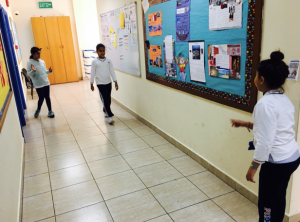
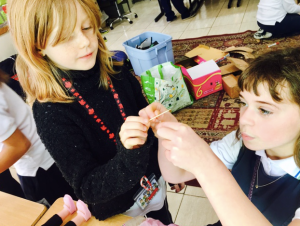
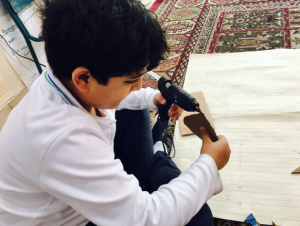
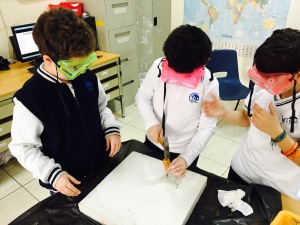
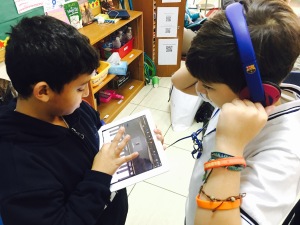
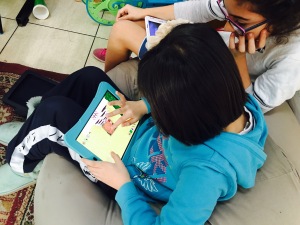
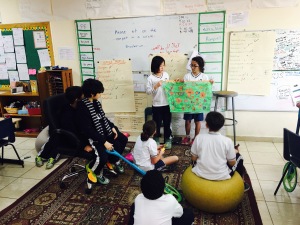

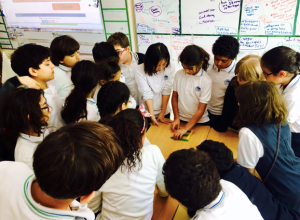
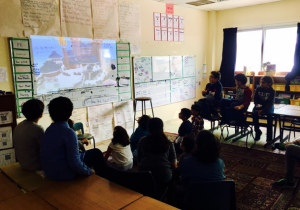
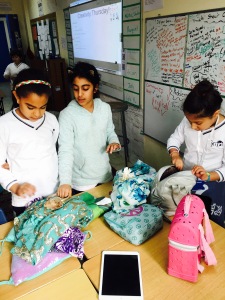
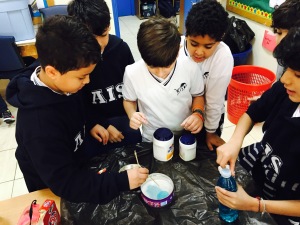
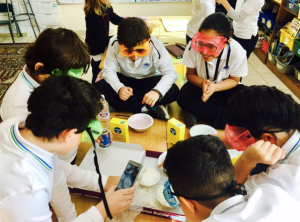
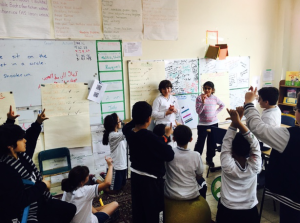
 Students were experimenting with lines and angles.
Students were experimenting with lines and angles.
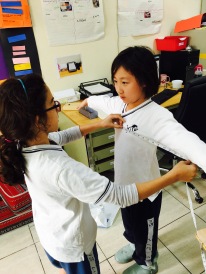
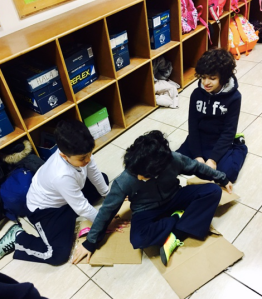
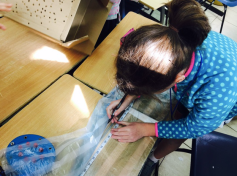
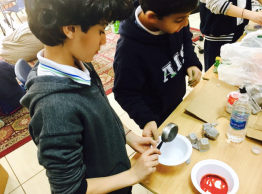
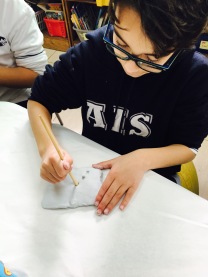
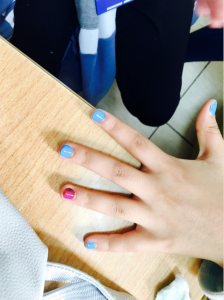
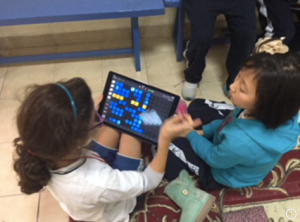
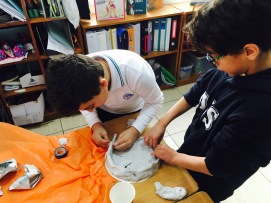
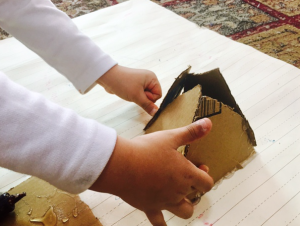
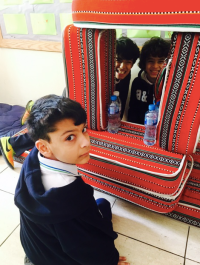
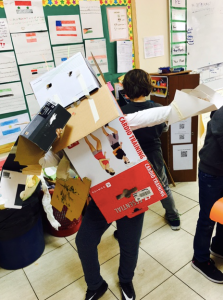
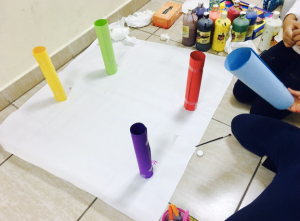
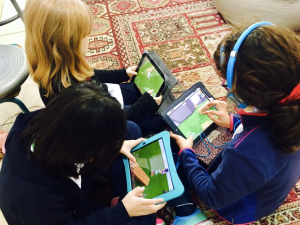
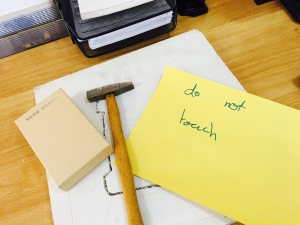
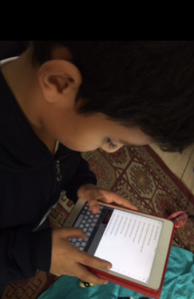
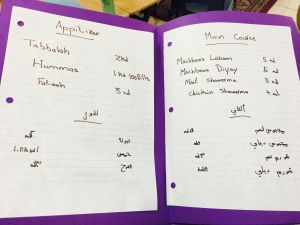

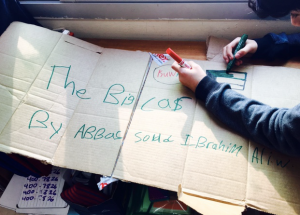
 Students were creating texts.
Students were creating texts.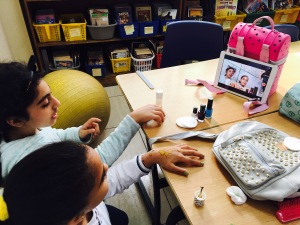
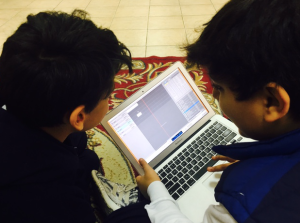
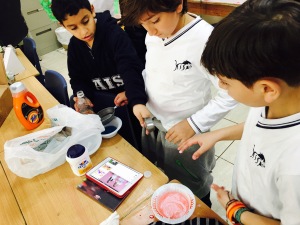
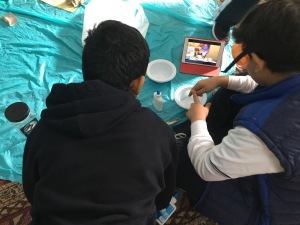
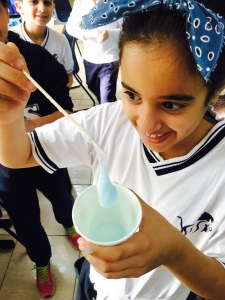
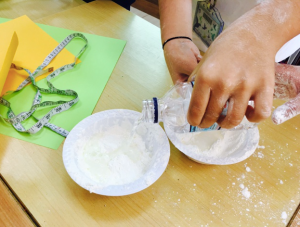
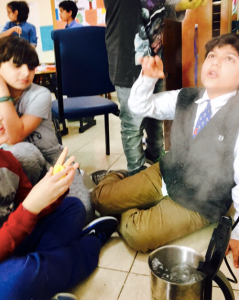
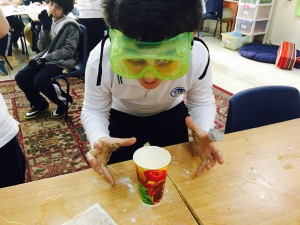
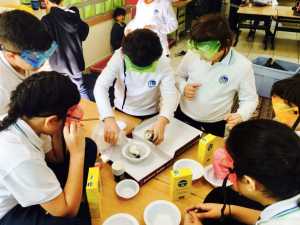
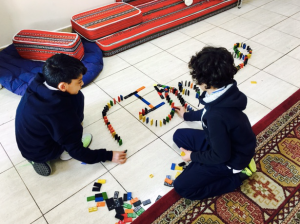
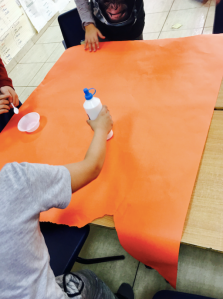
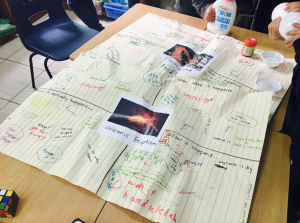
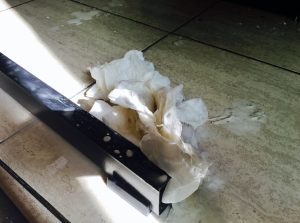
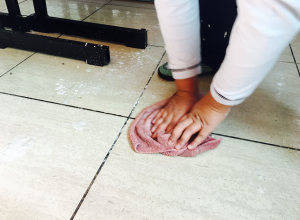
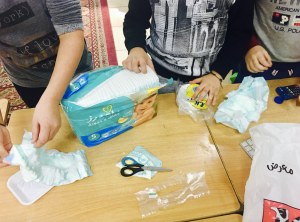
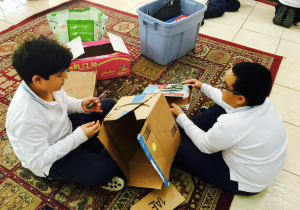
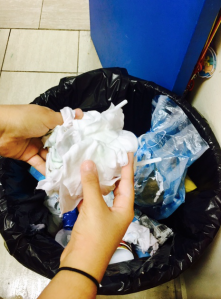
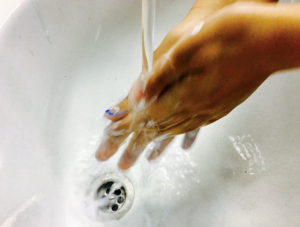
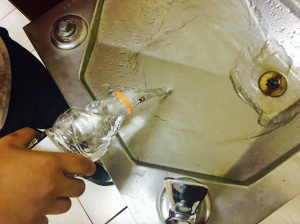
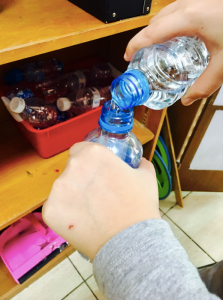
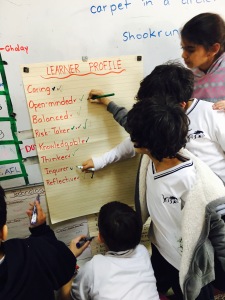
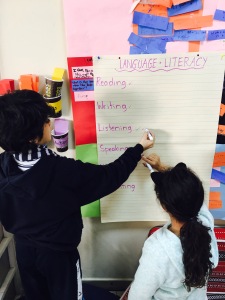
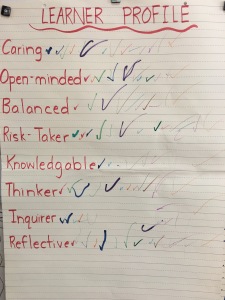
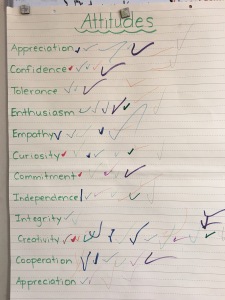
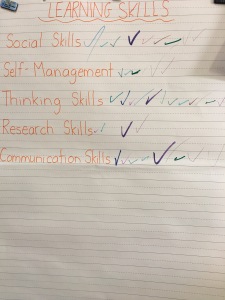
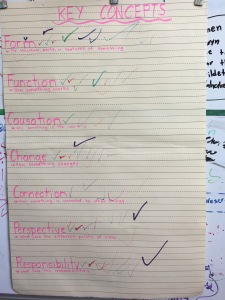
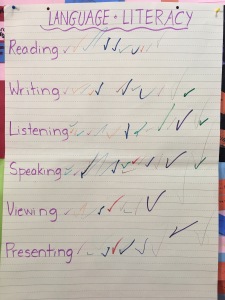
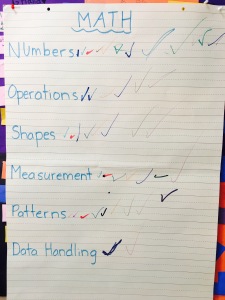 –
–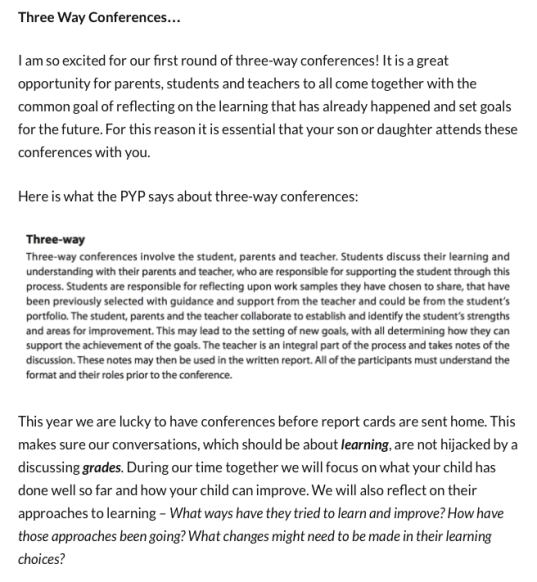
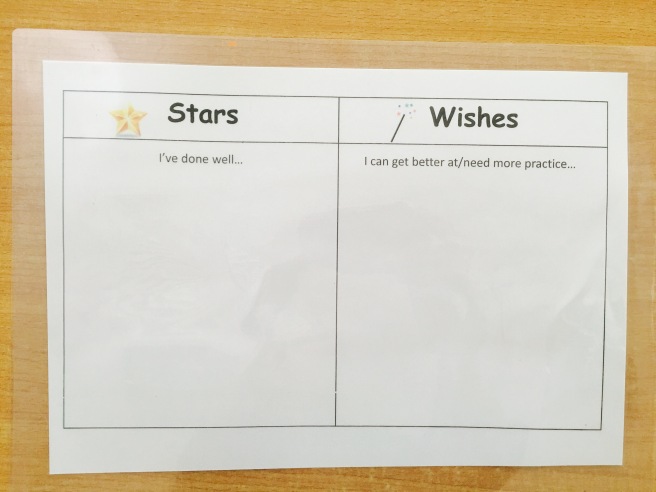
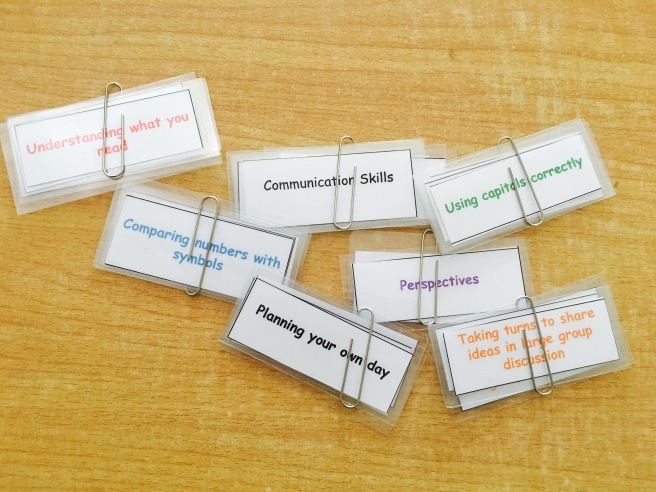
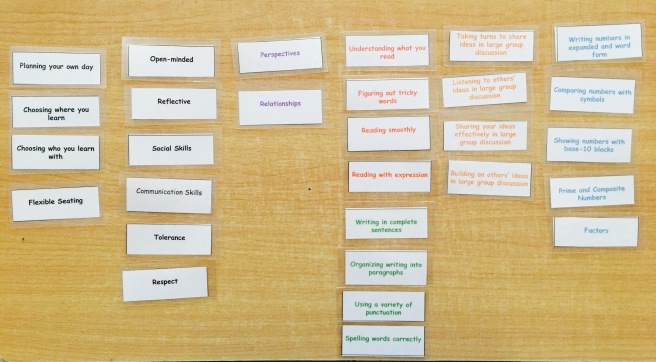
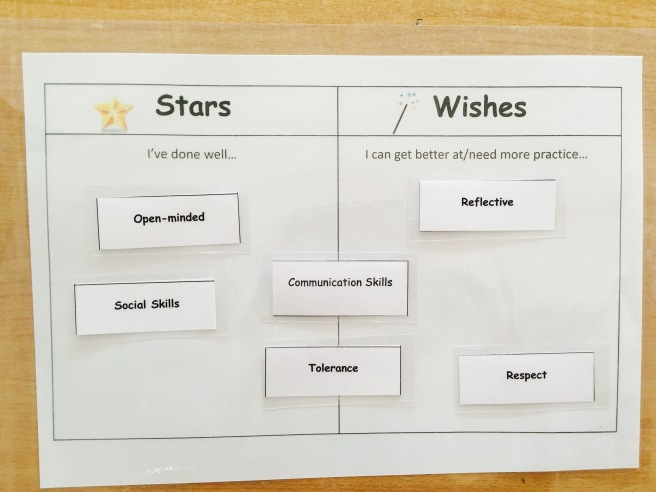
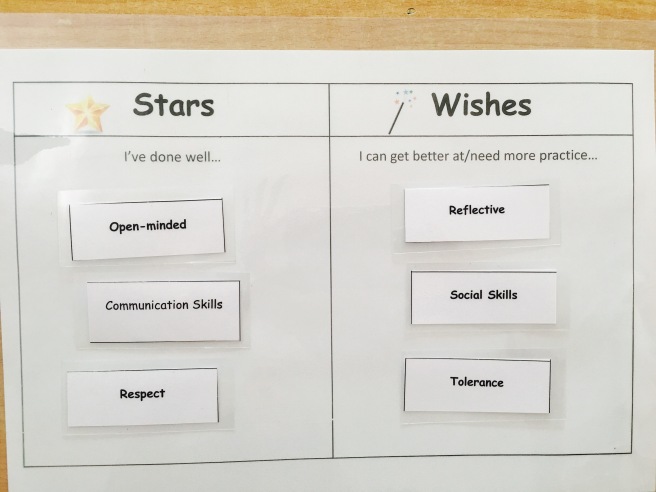
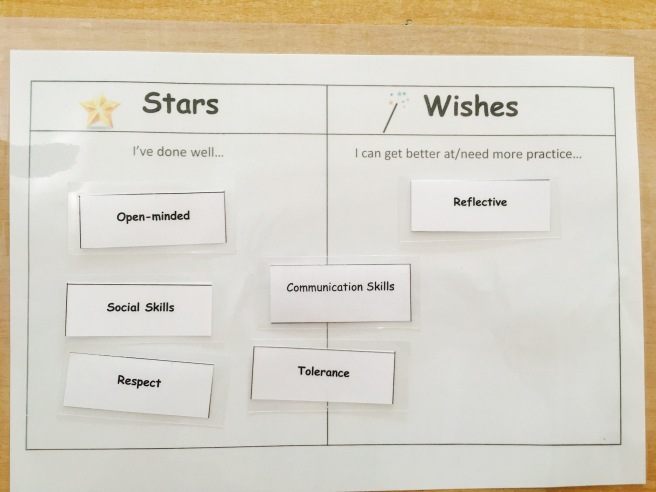
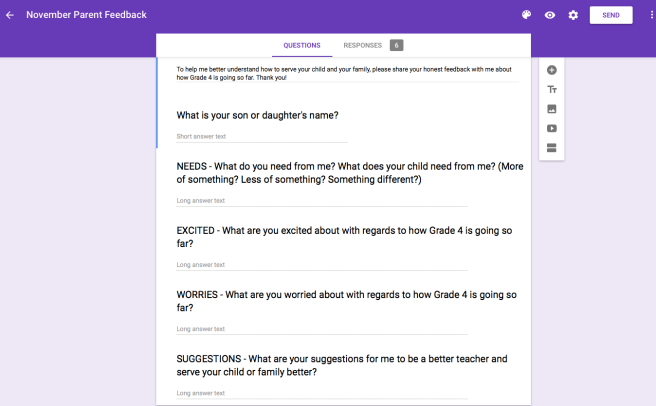




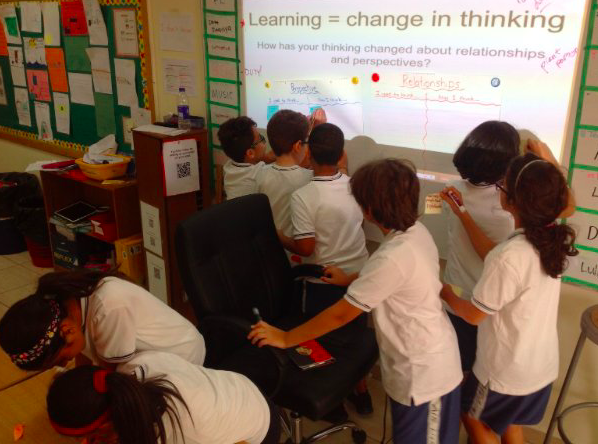

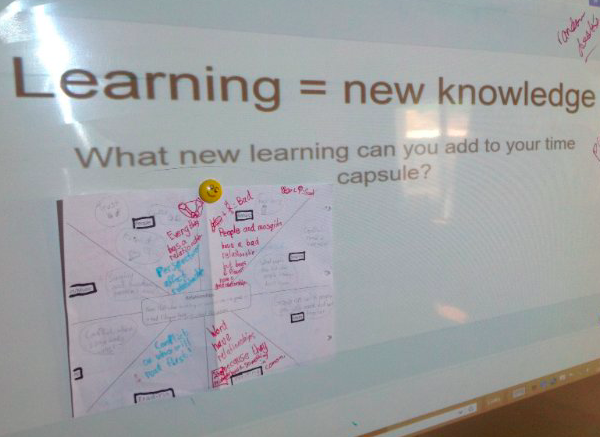
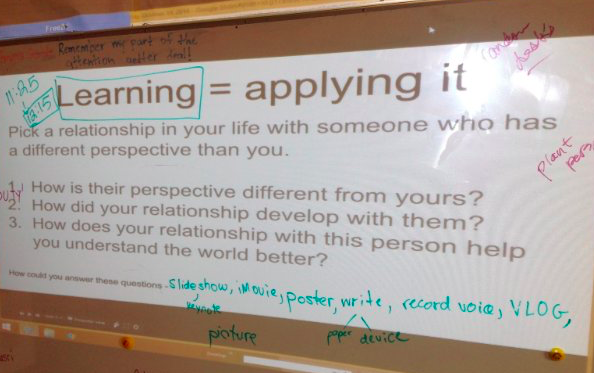
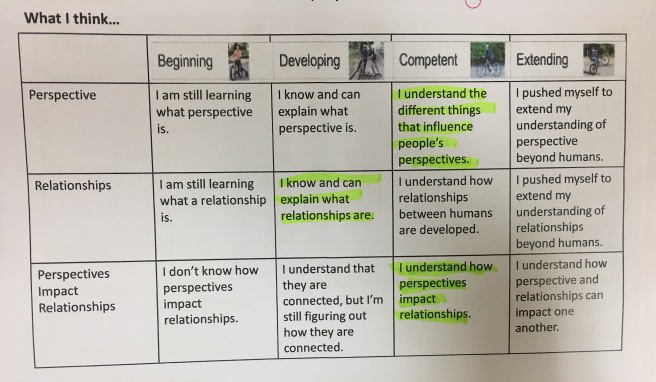
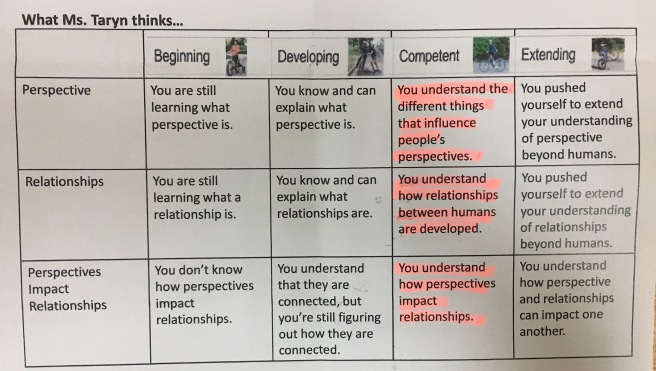
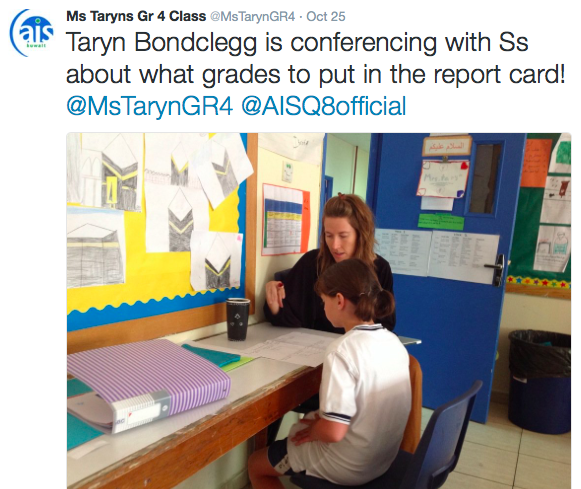
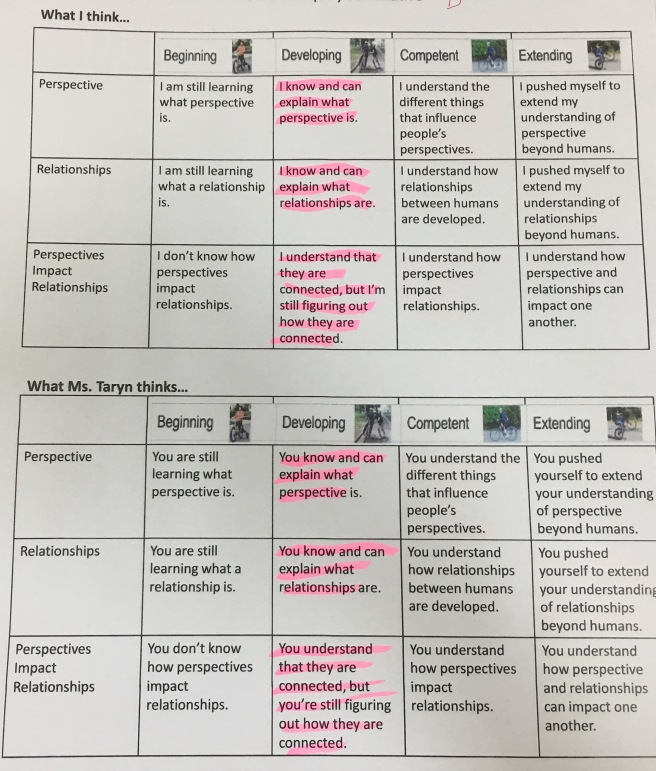
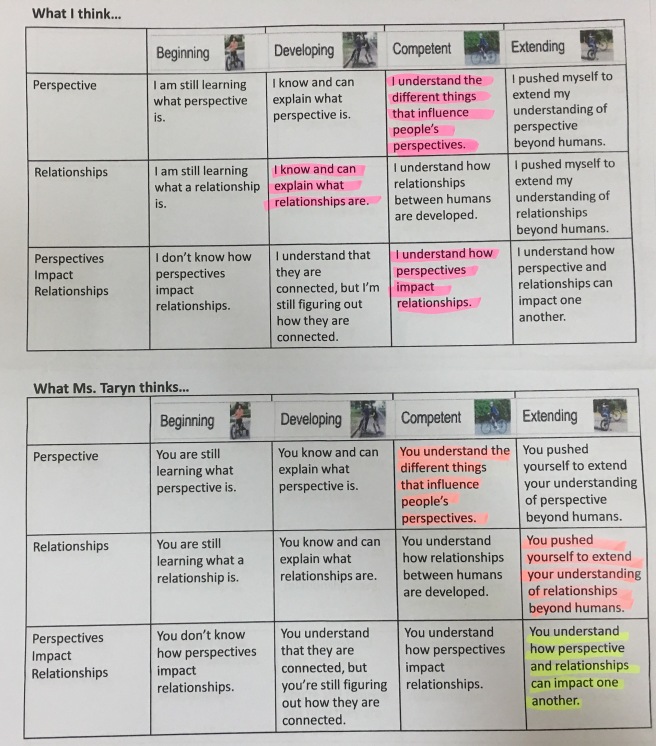
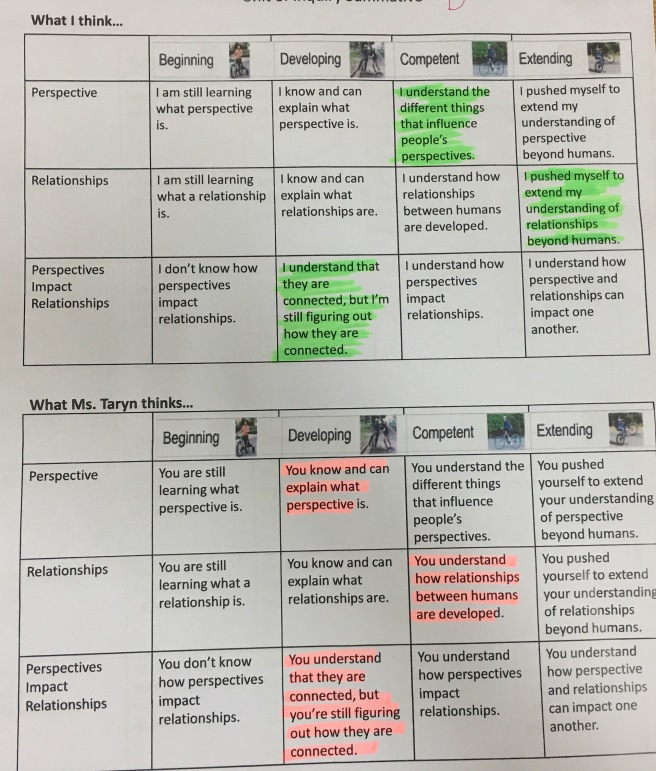

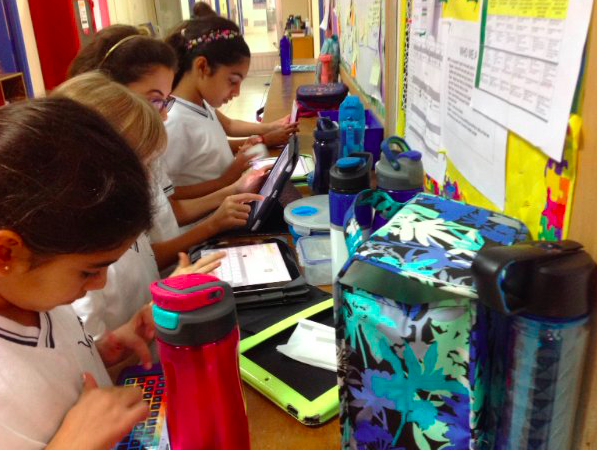


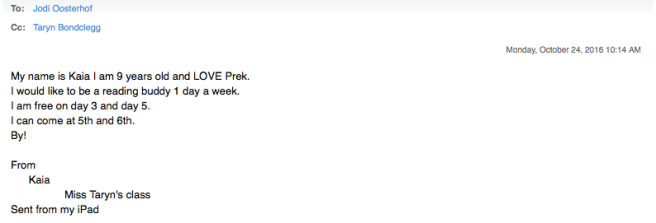
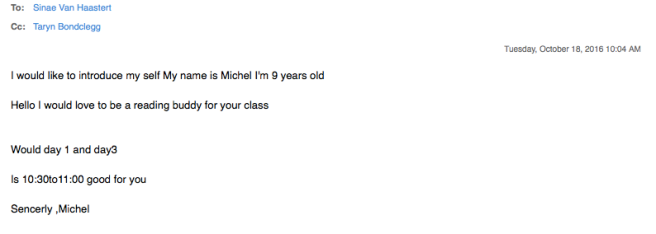
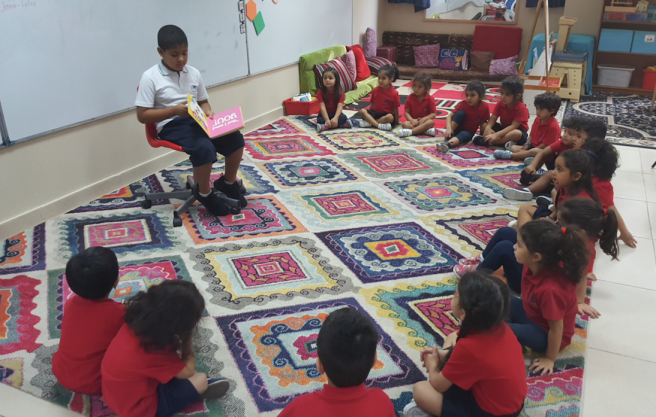
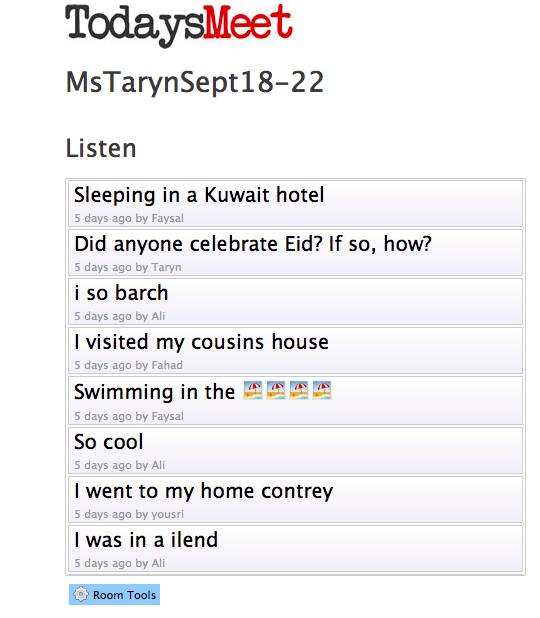
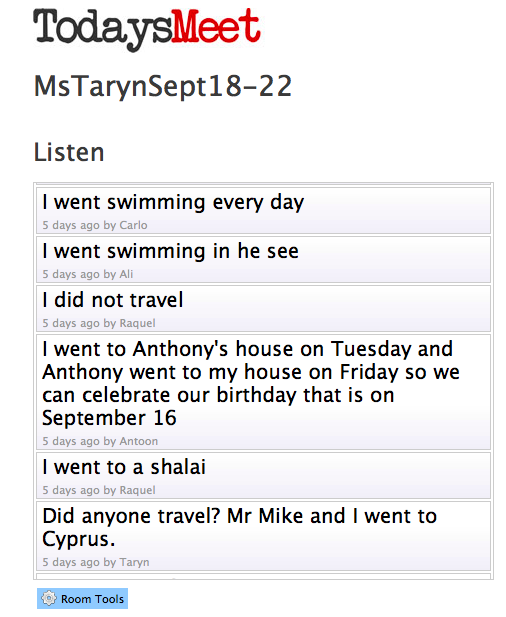
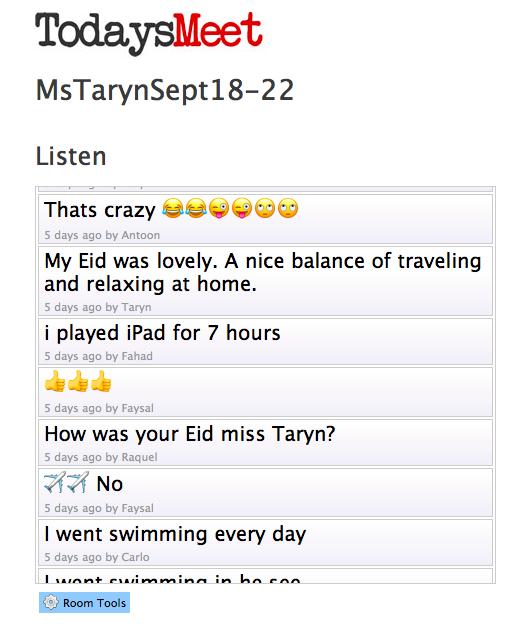
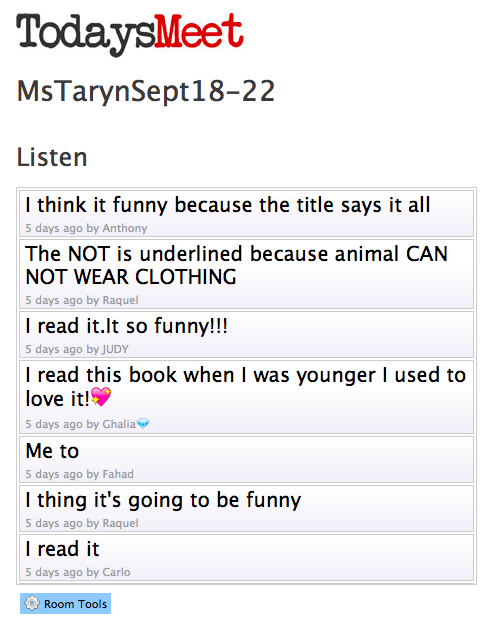








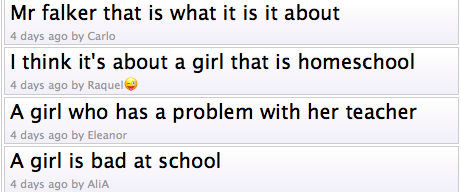





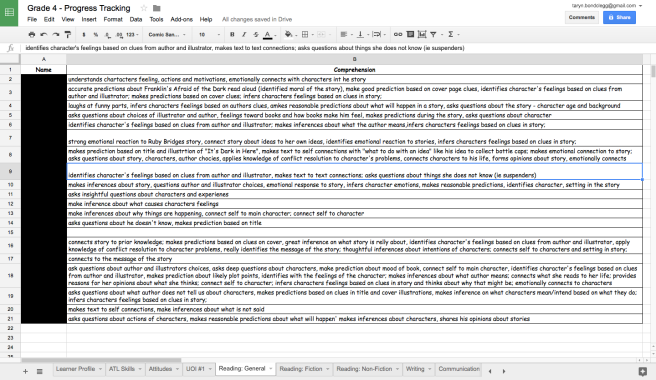



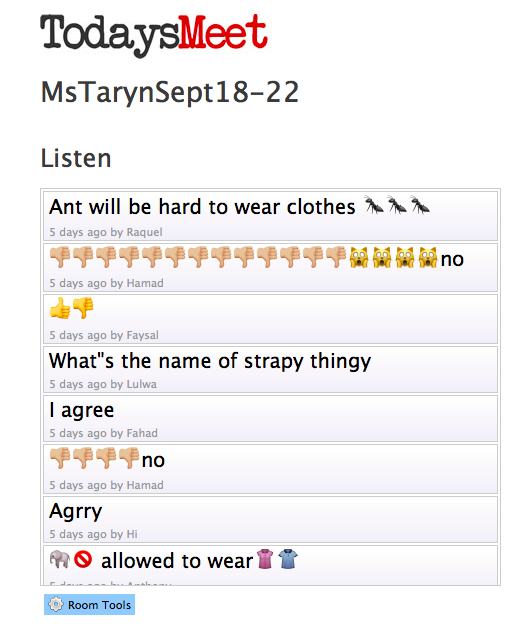
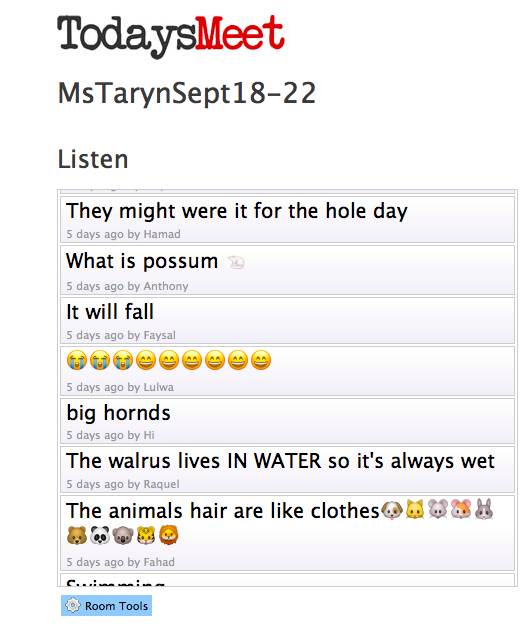
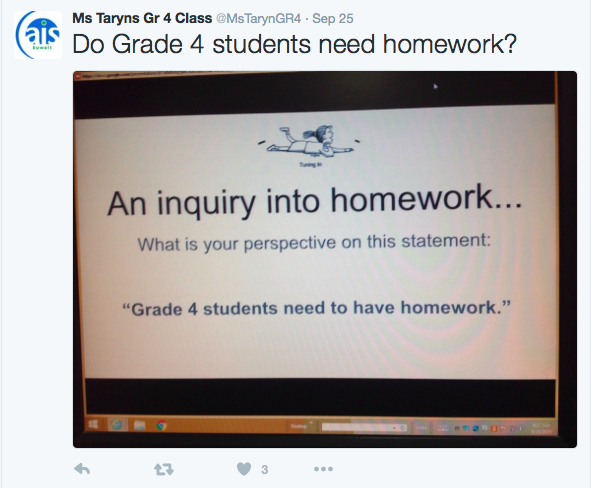

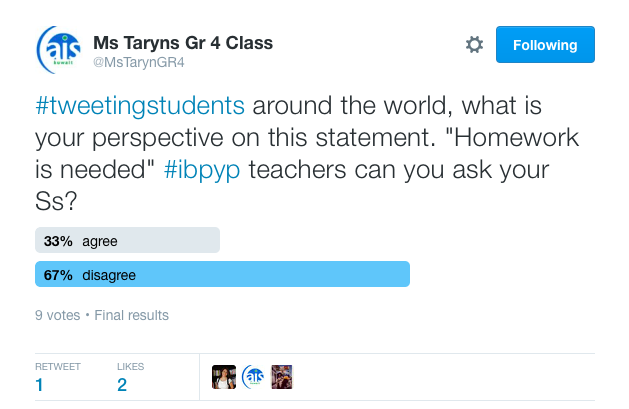
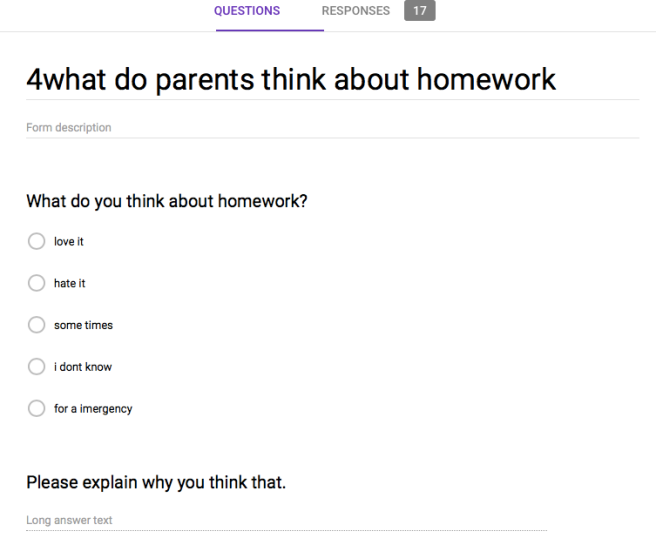

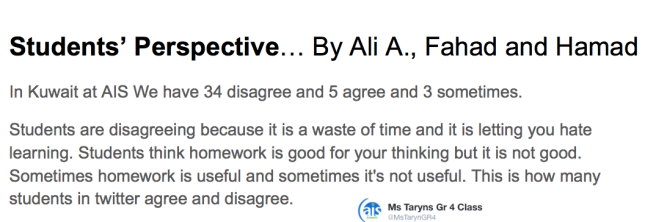


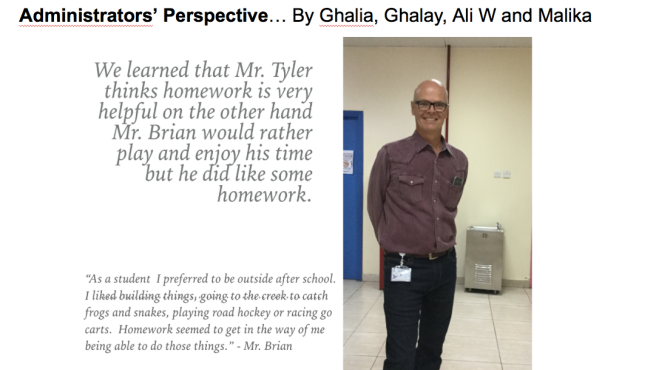

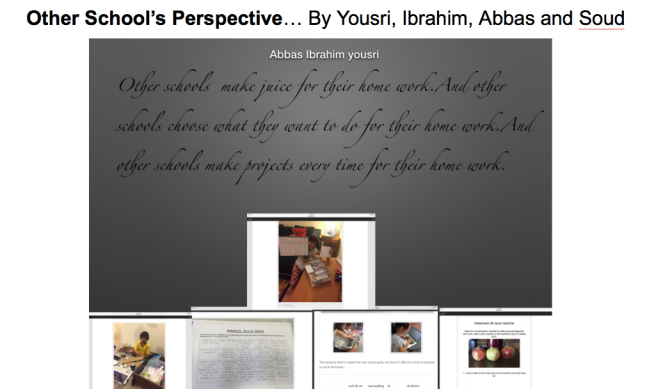






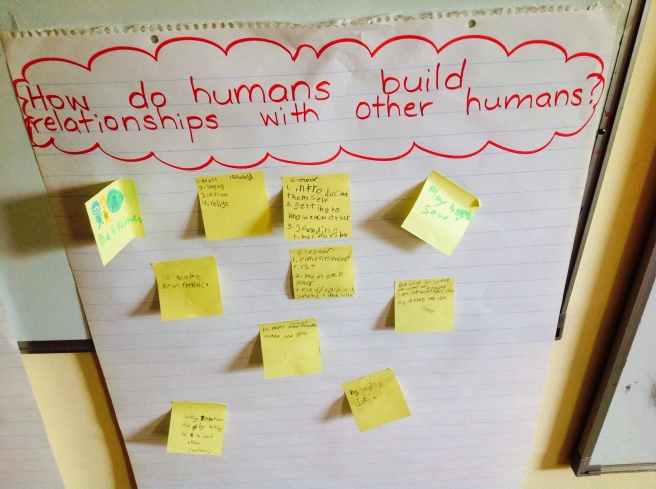
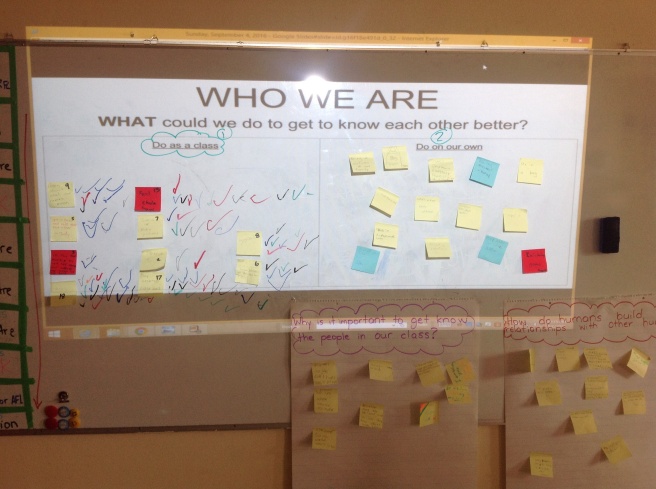

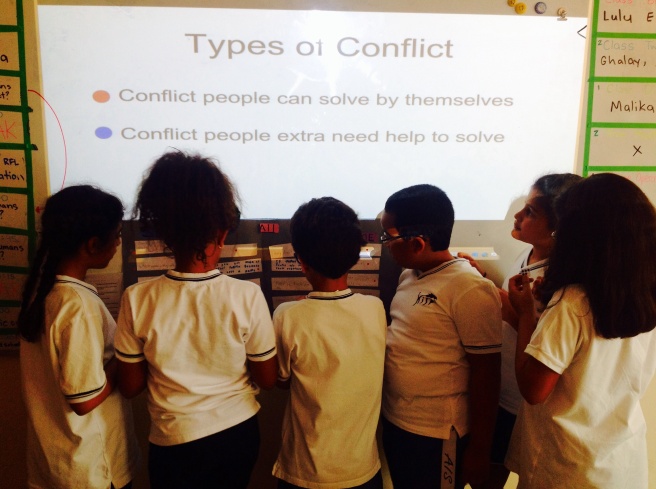


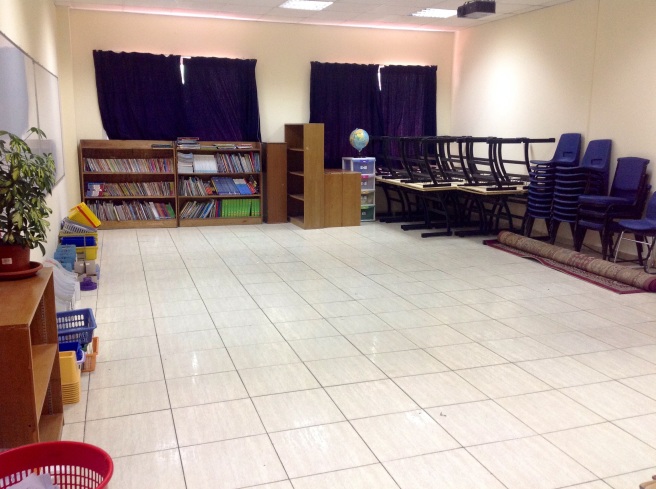
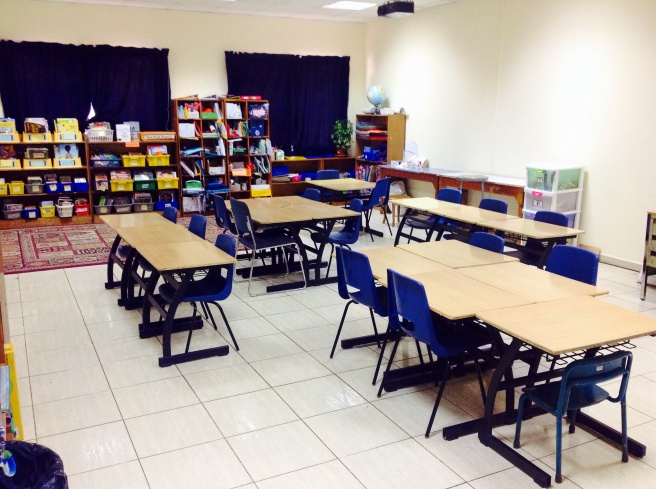
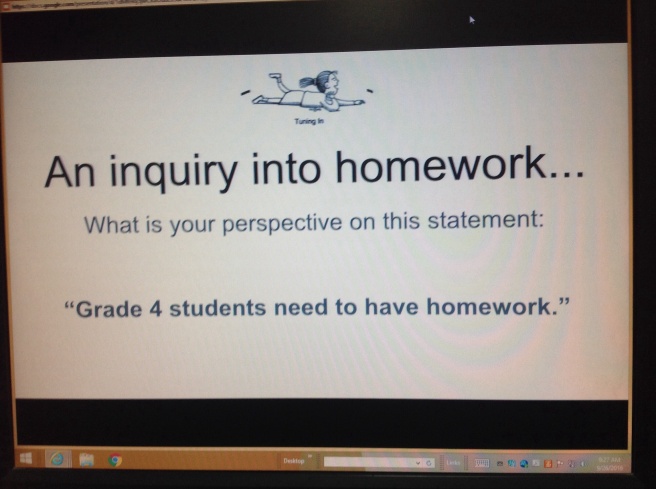

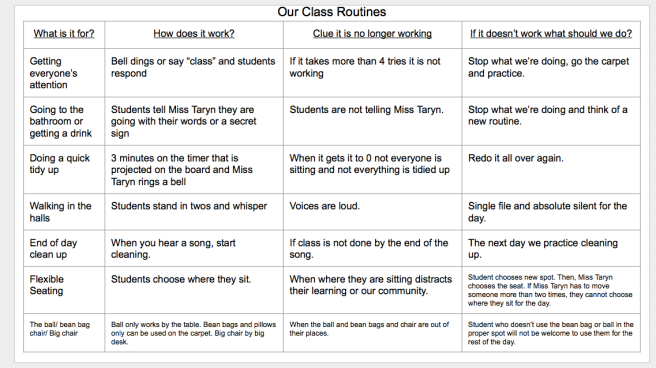
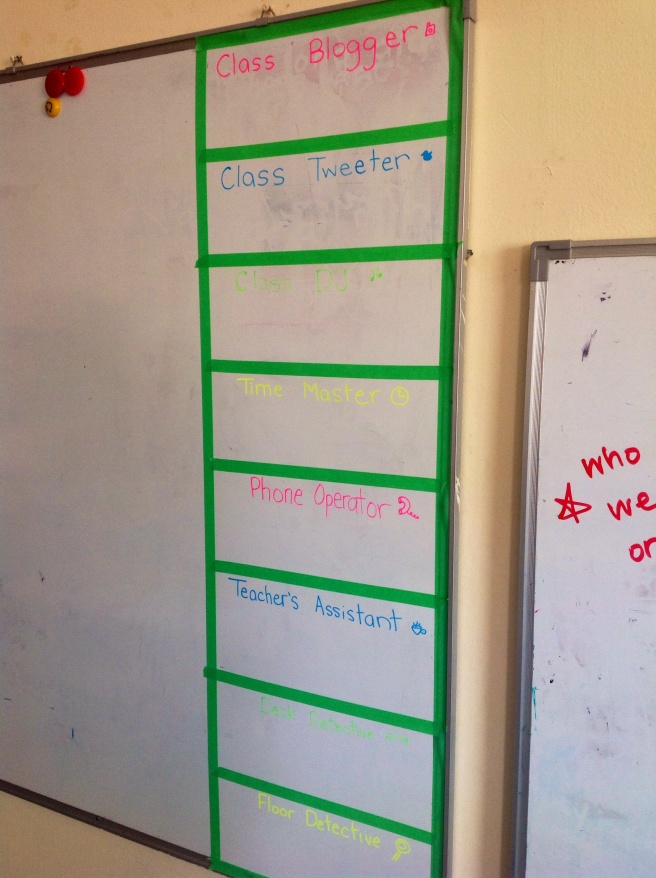
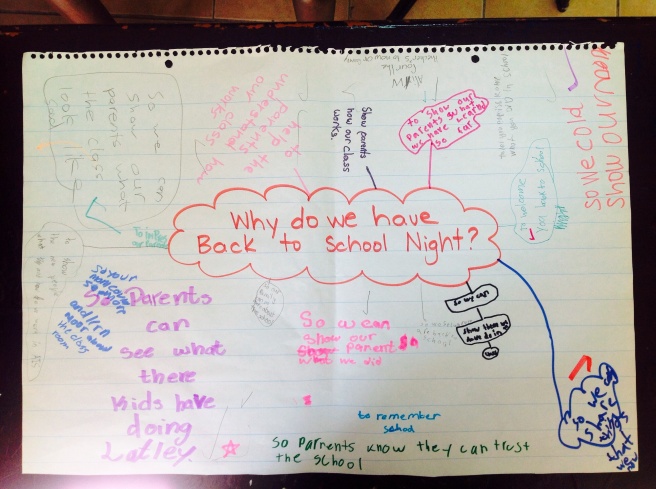

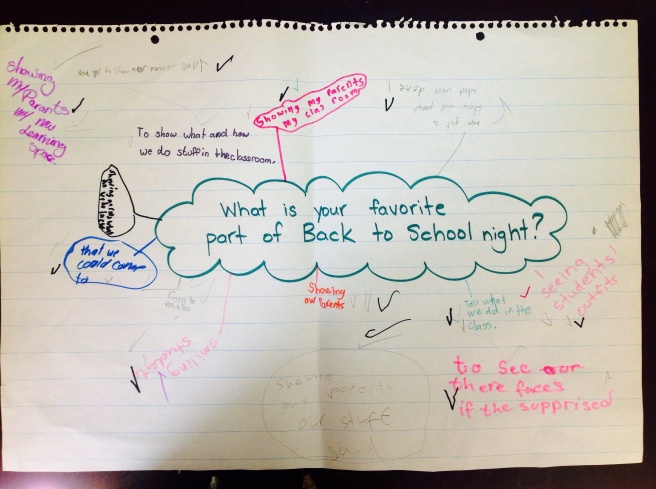
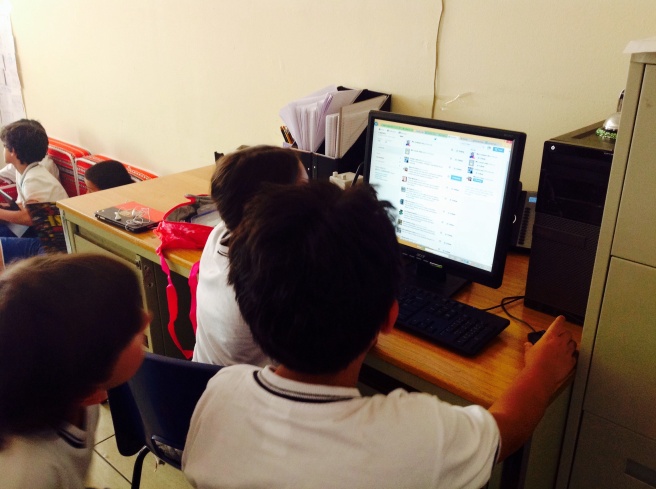
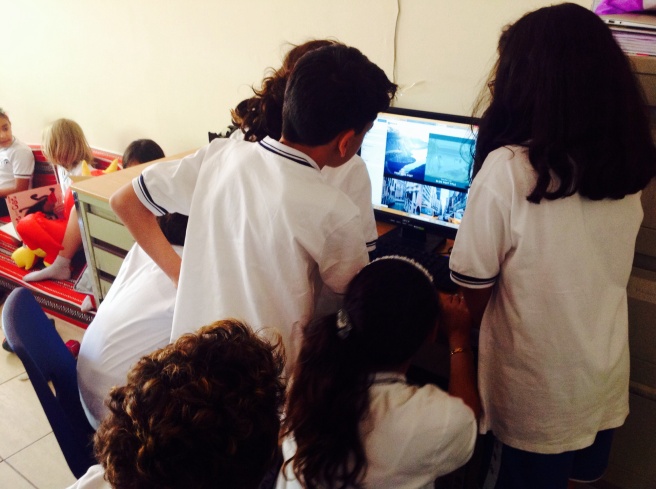
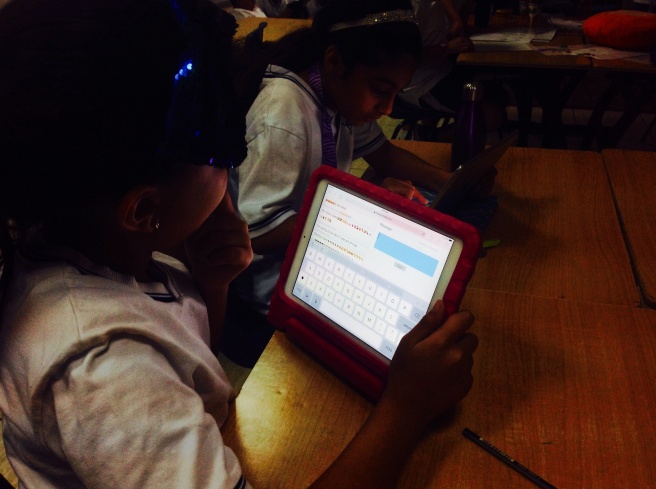

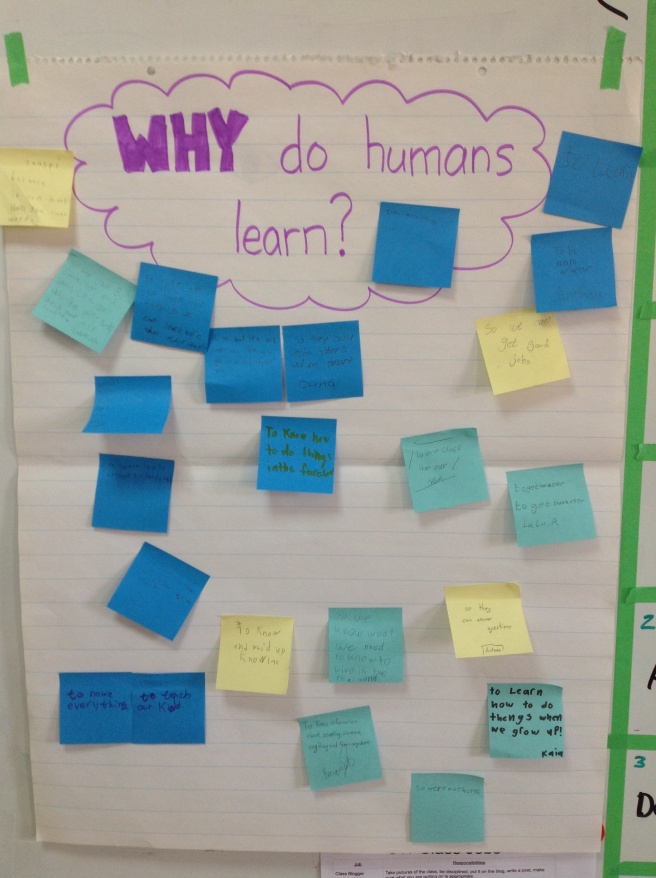
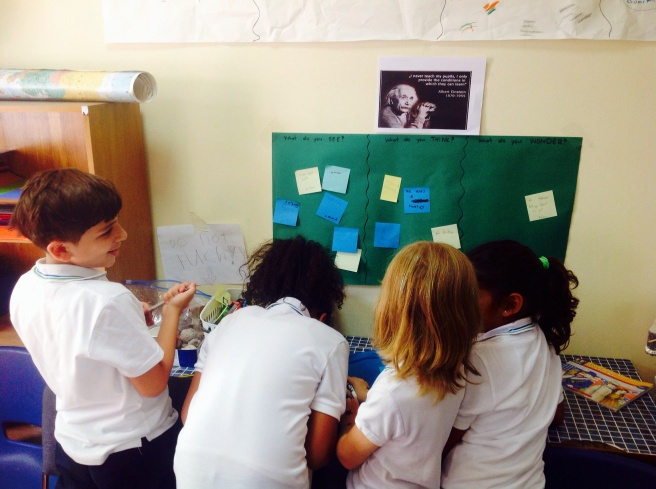
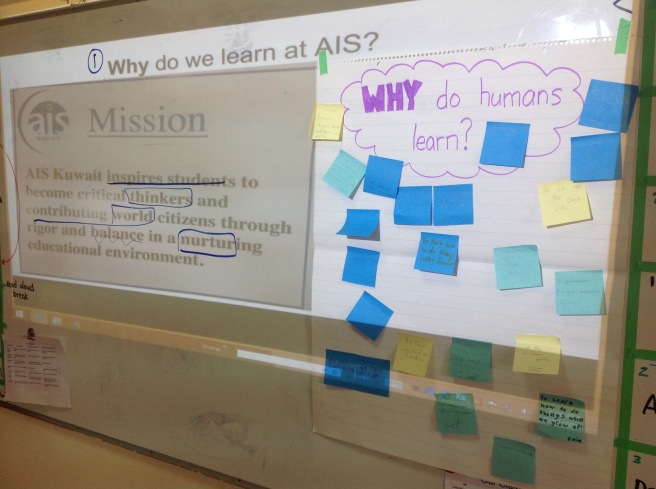
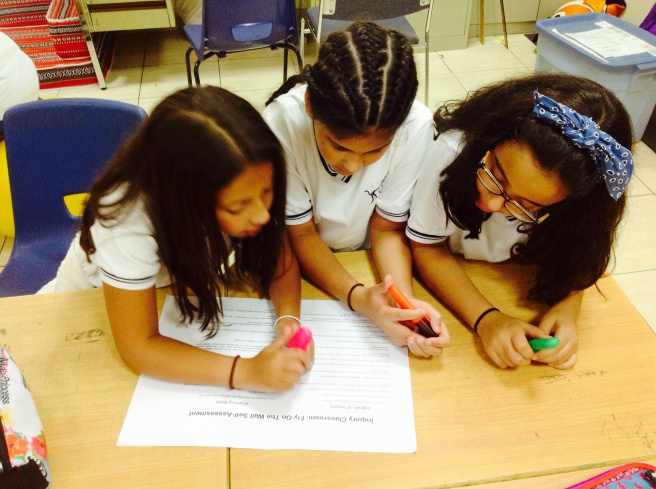

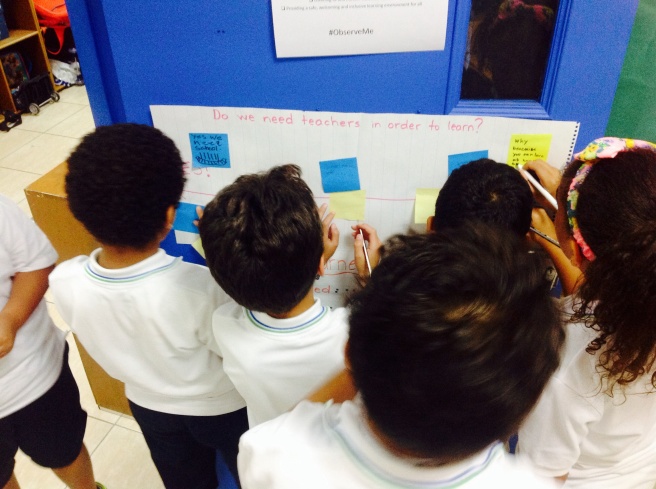
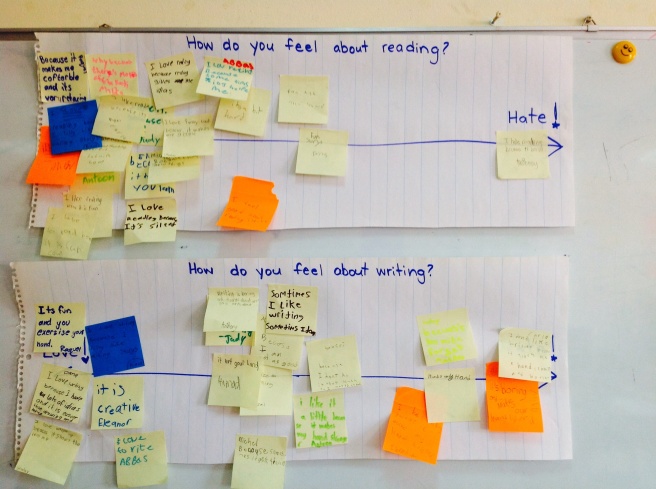
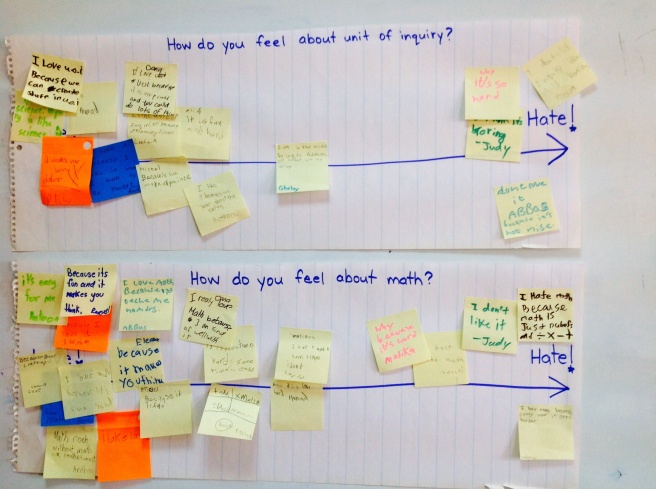
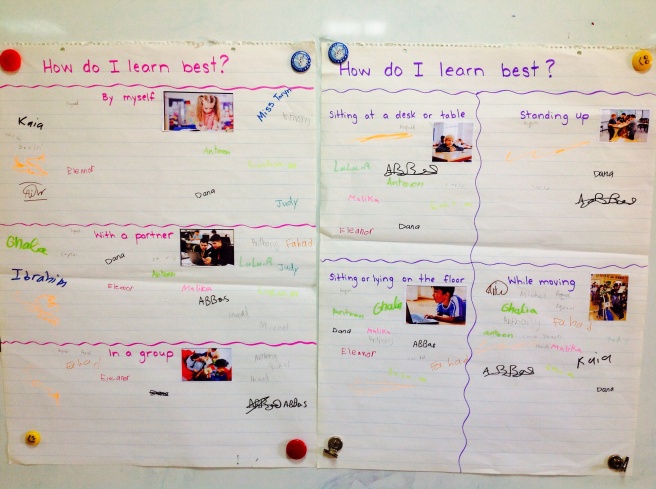
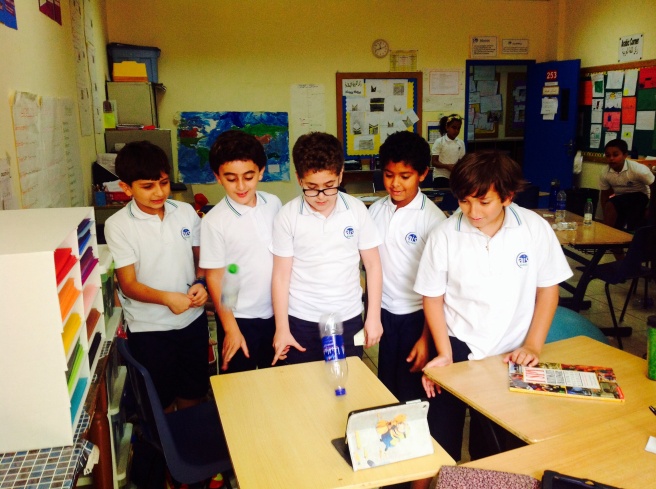
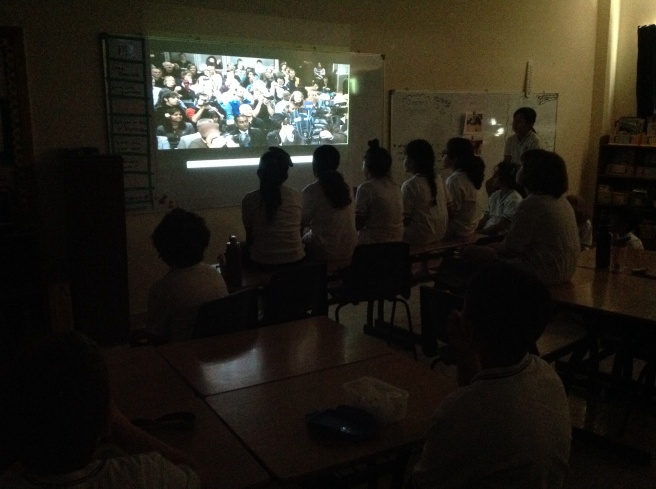
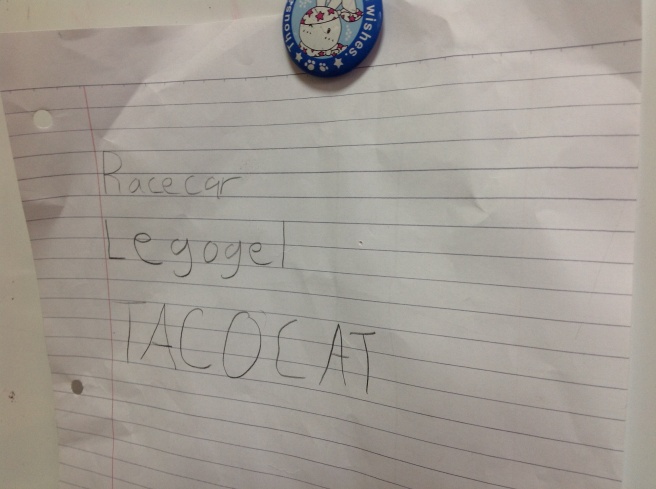
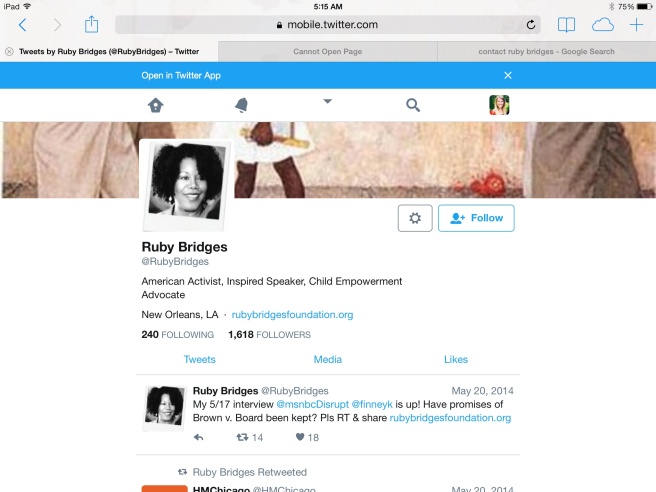








 Using the
Using the


















































































